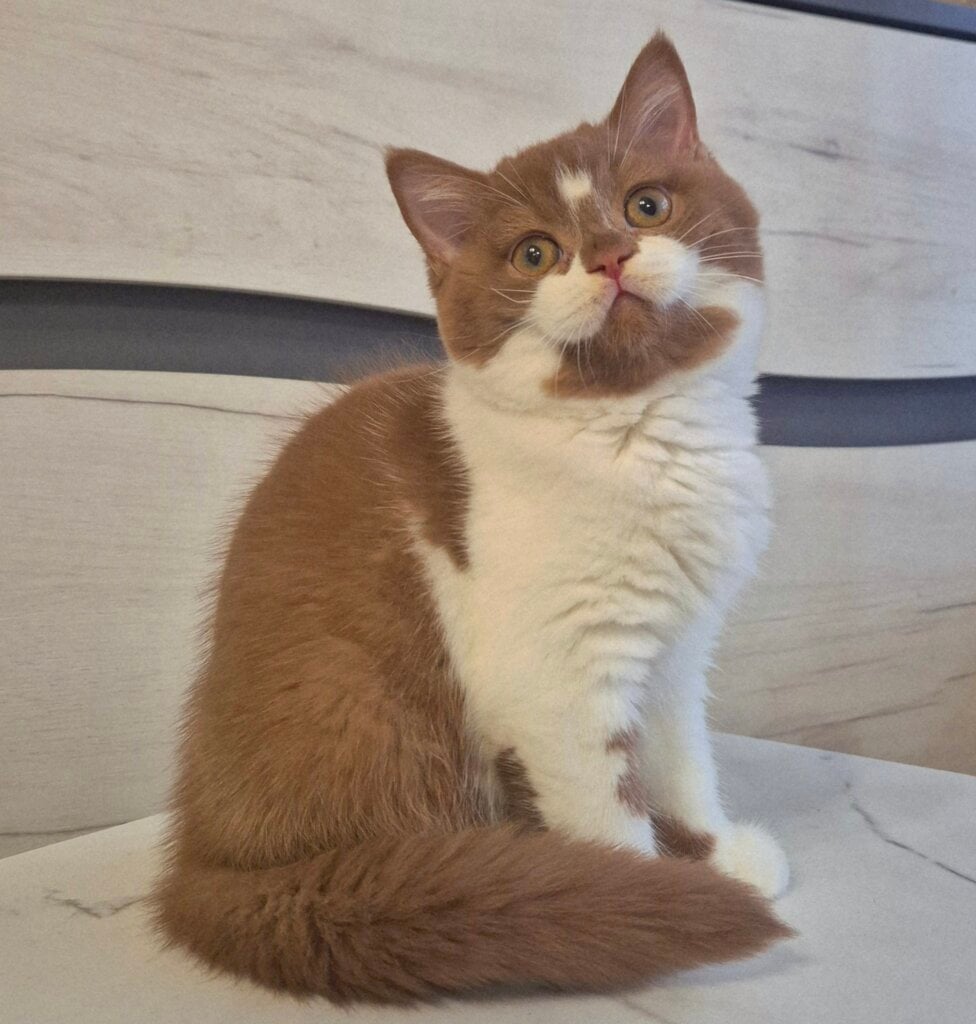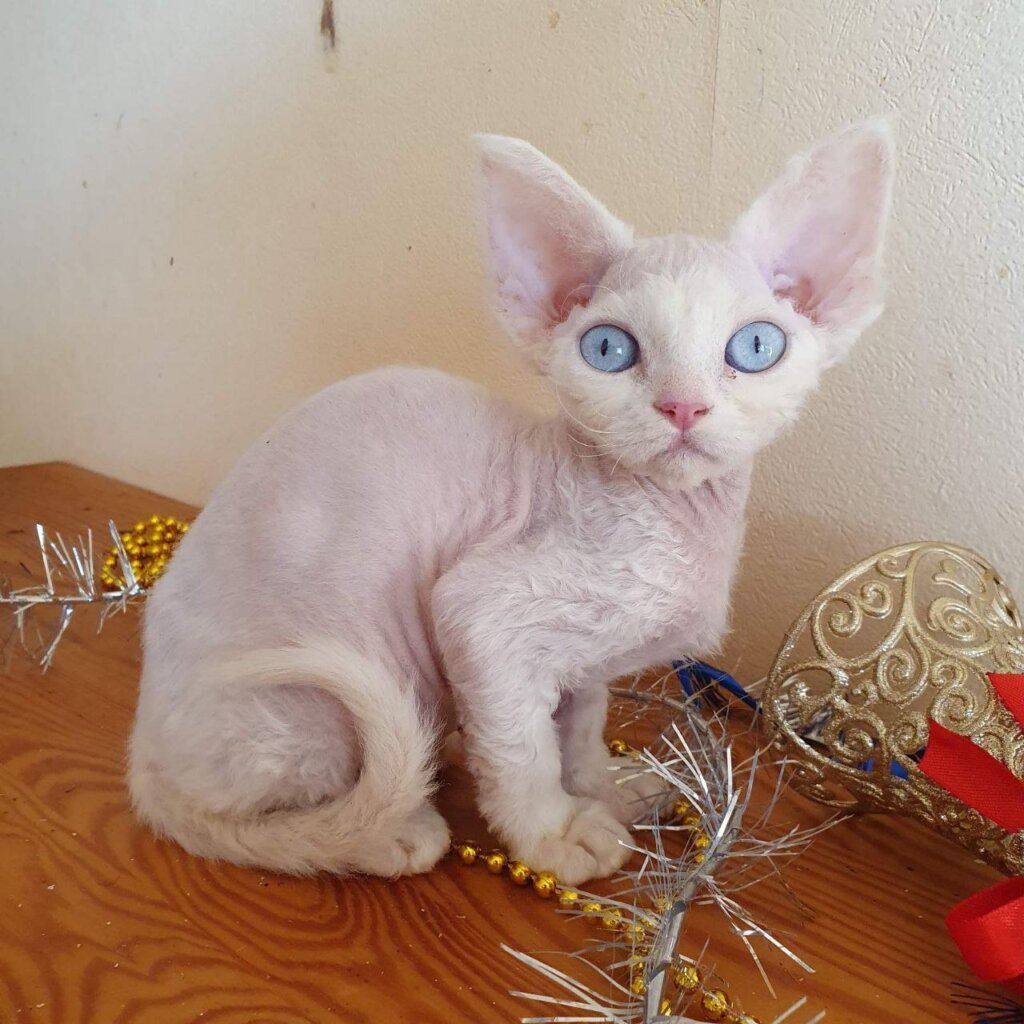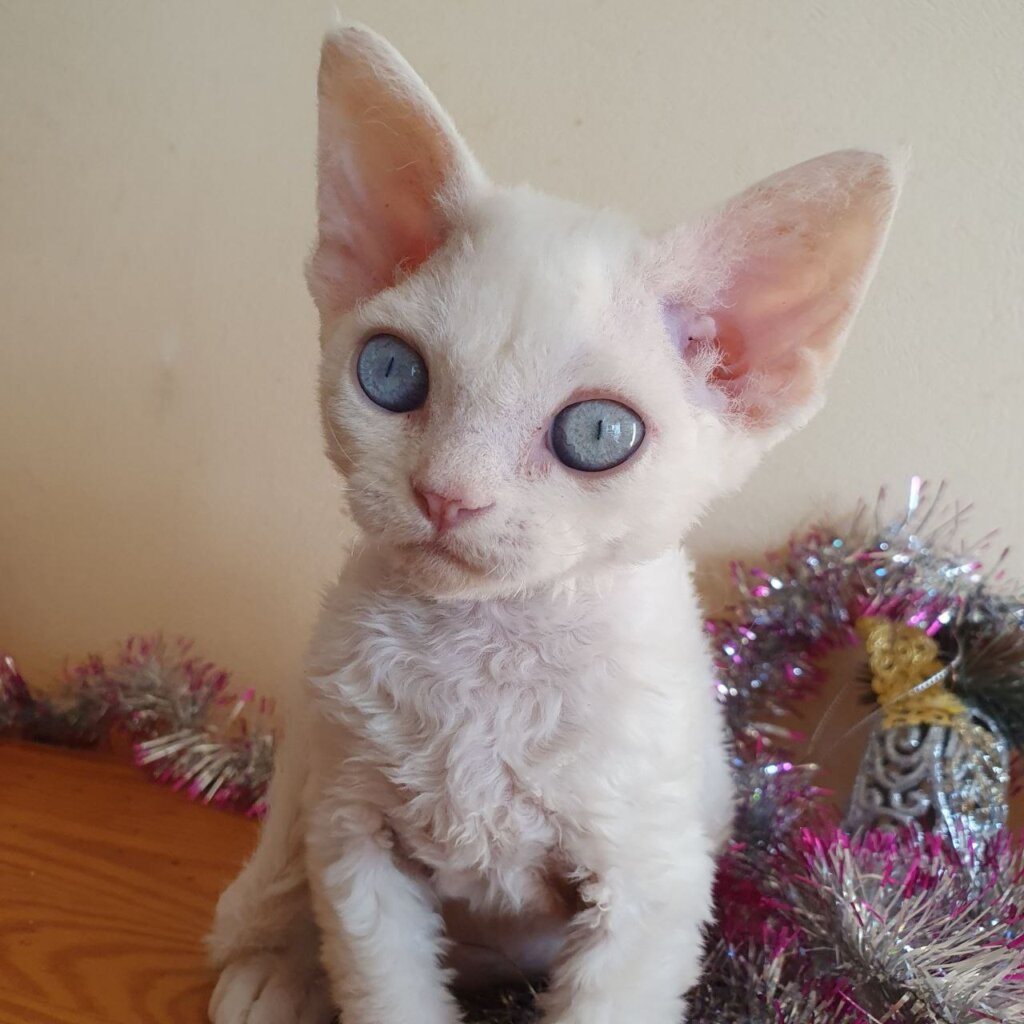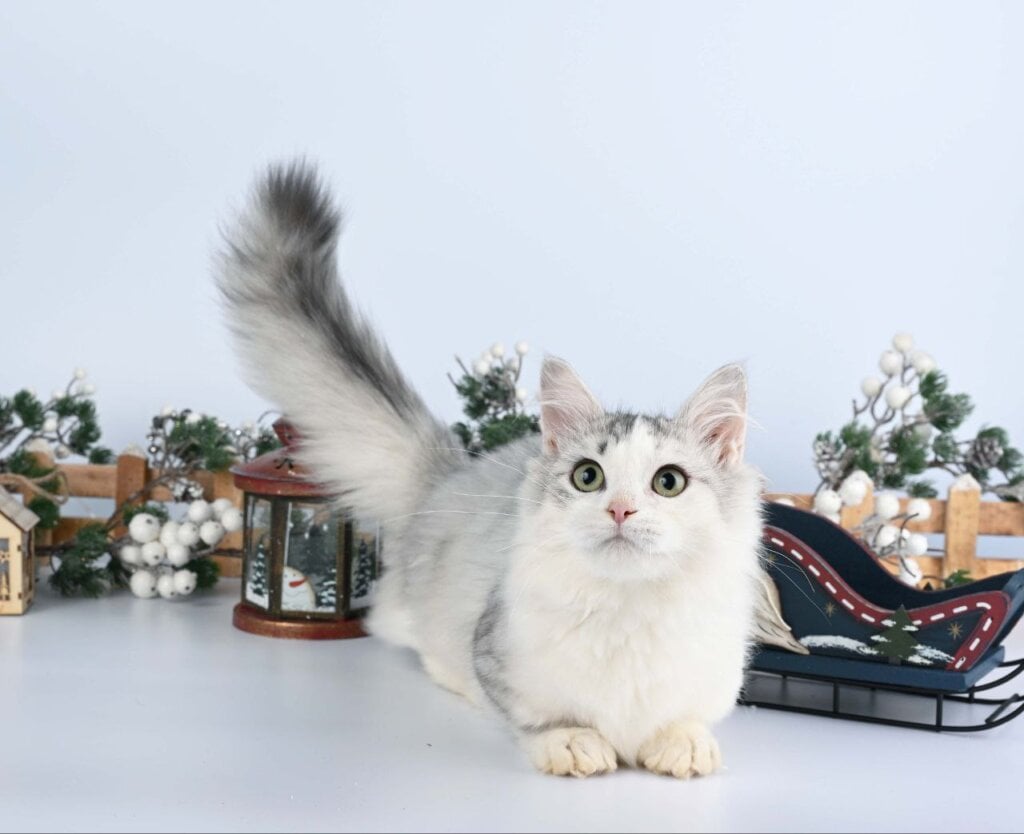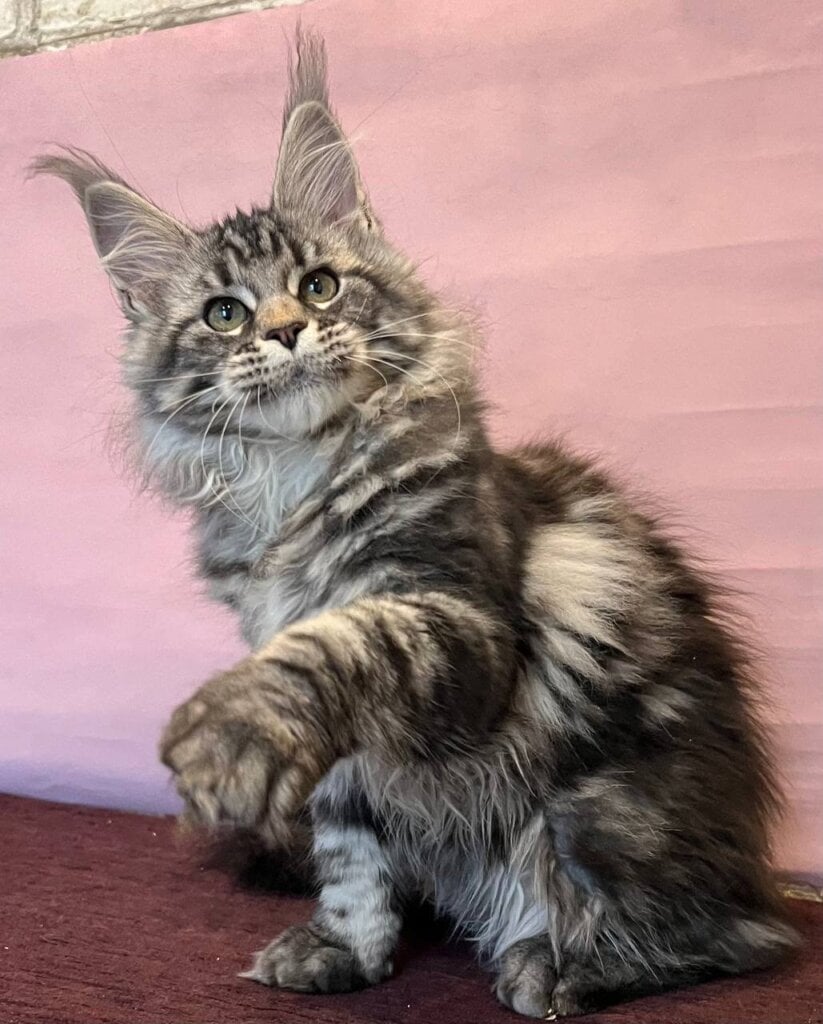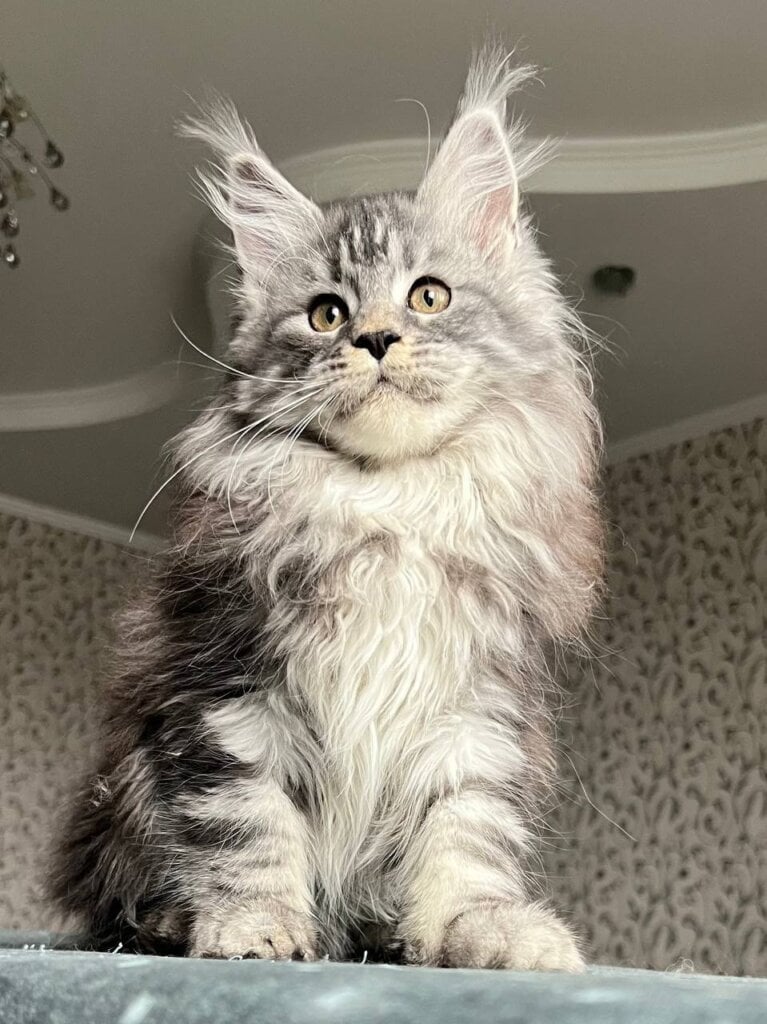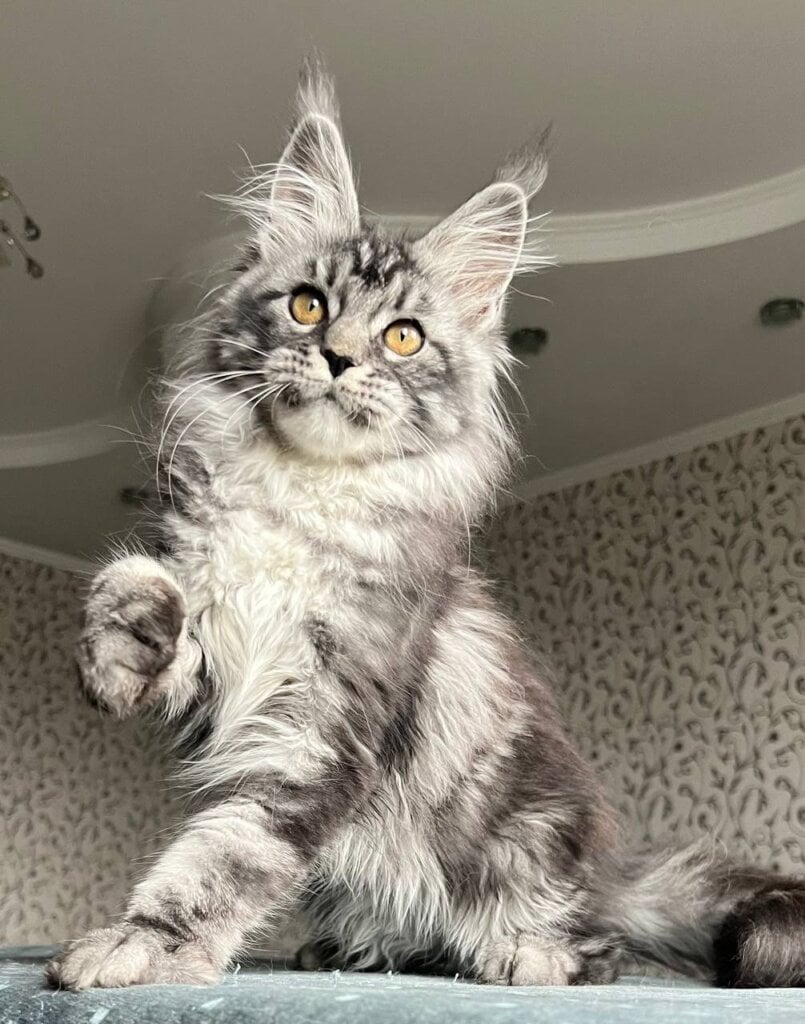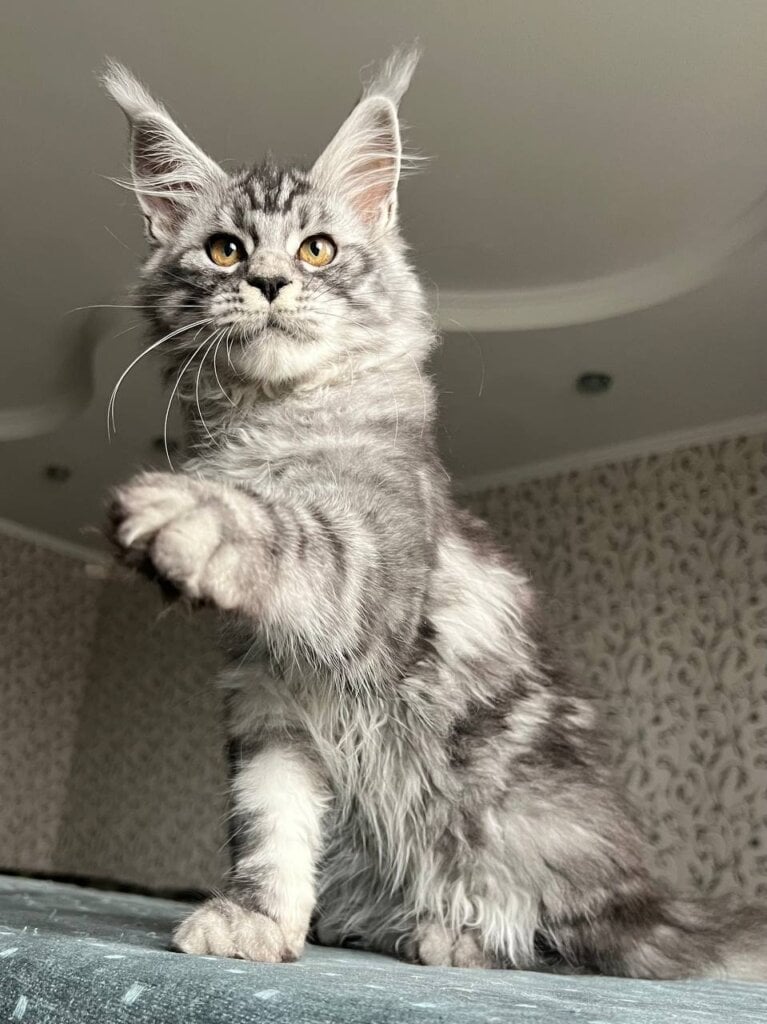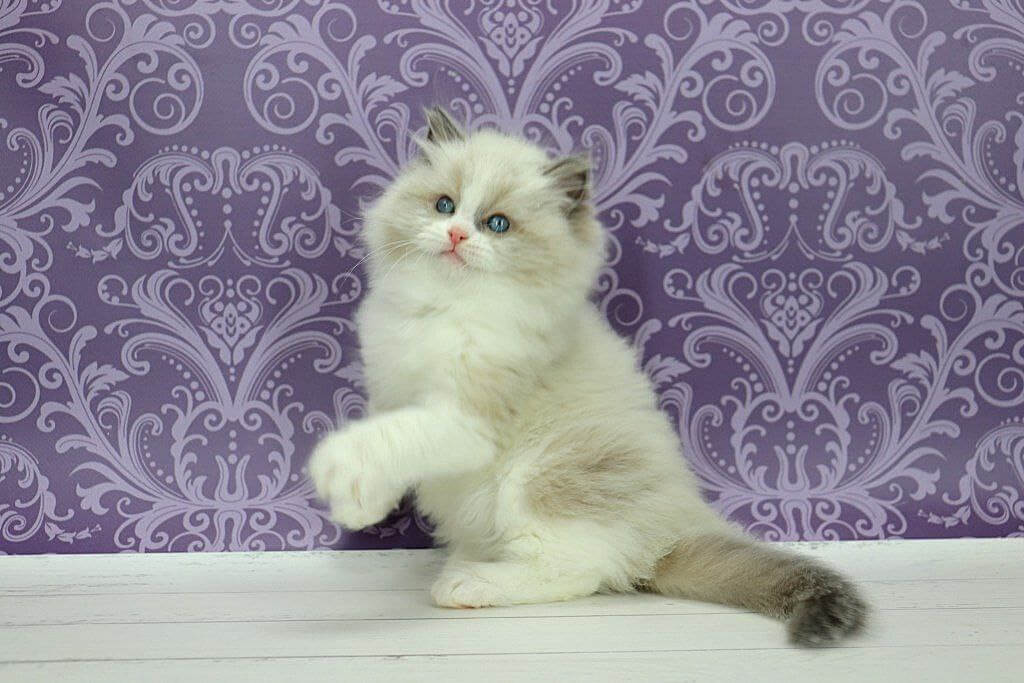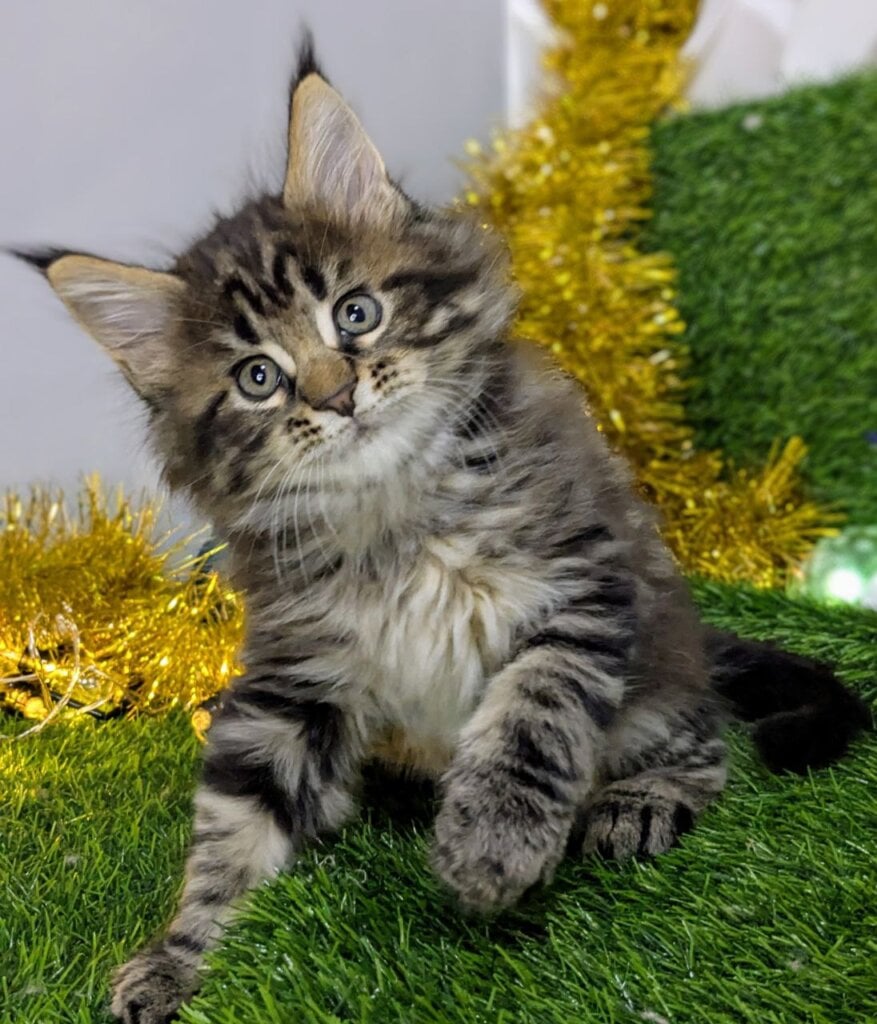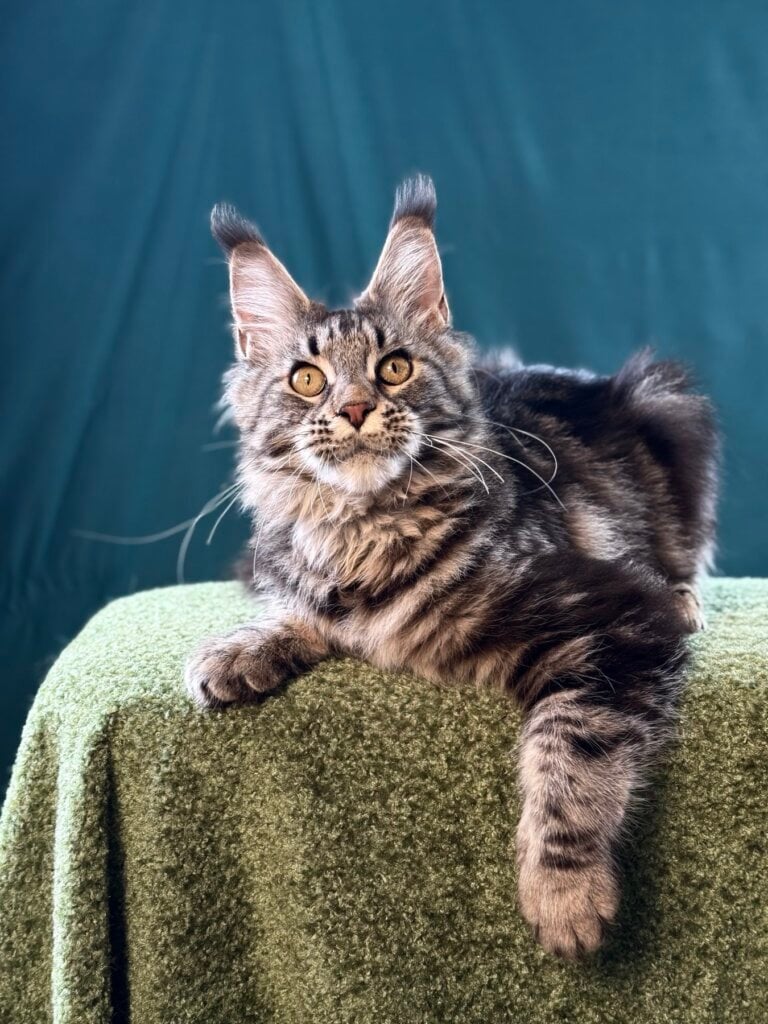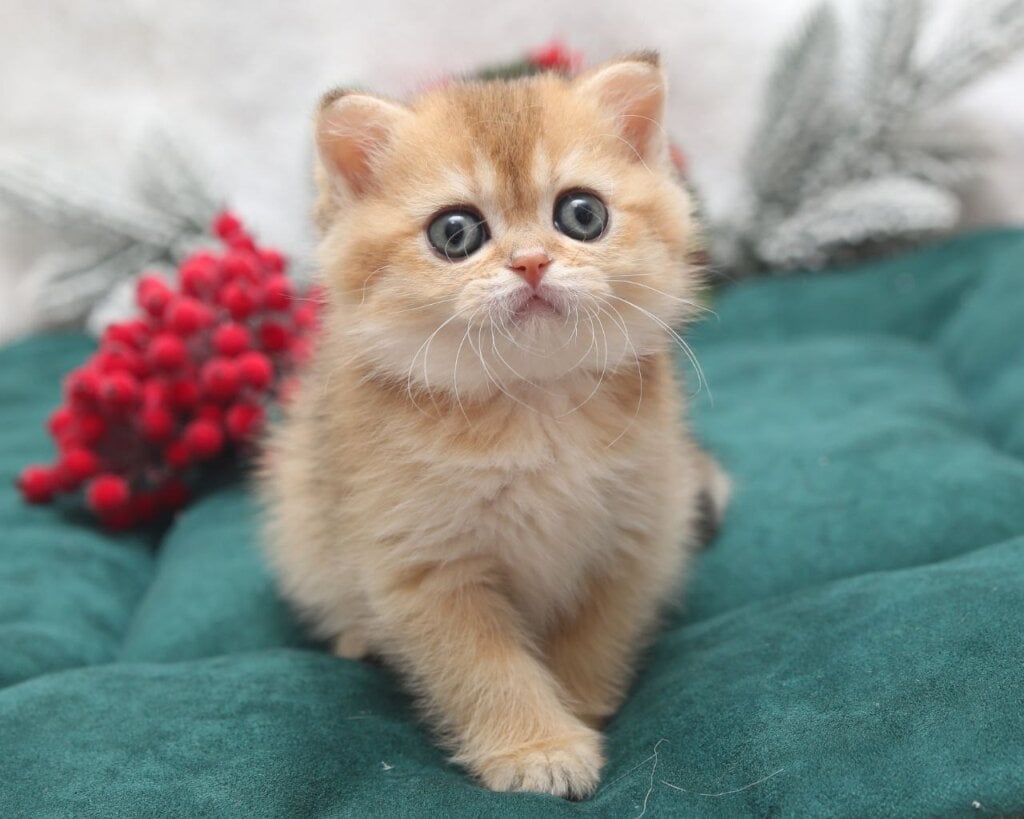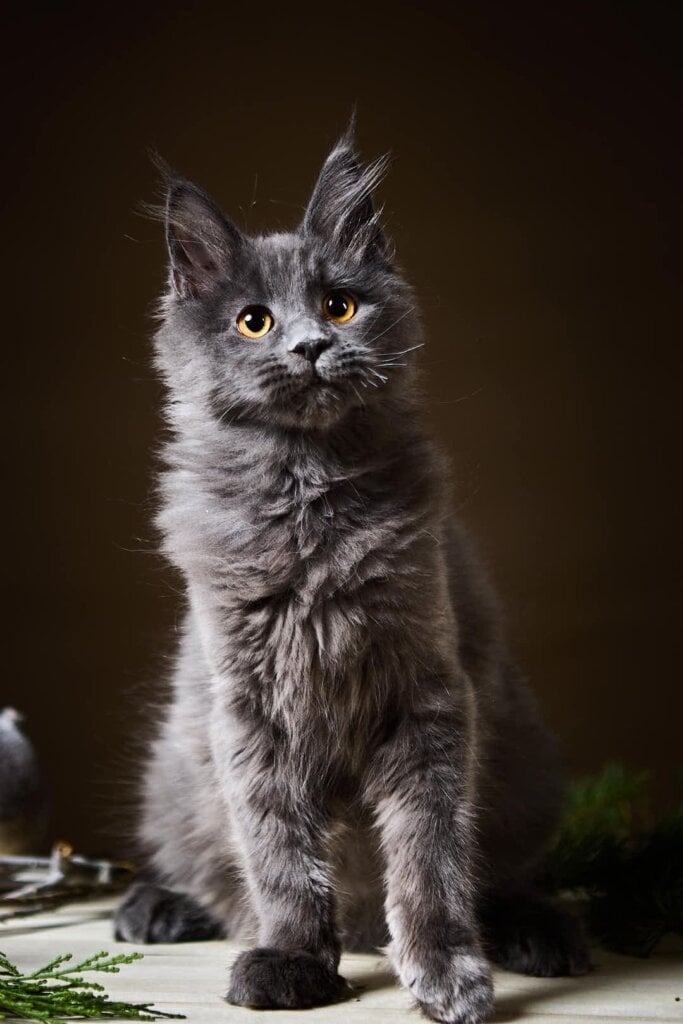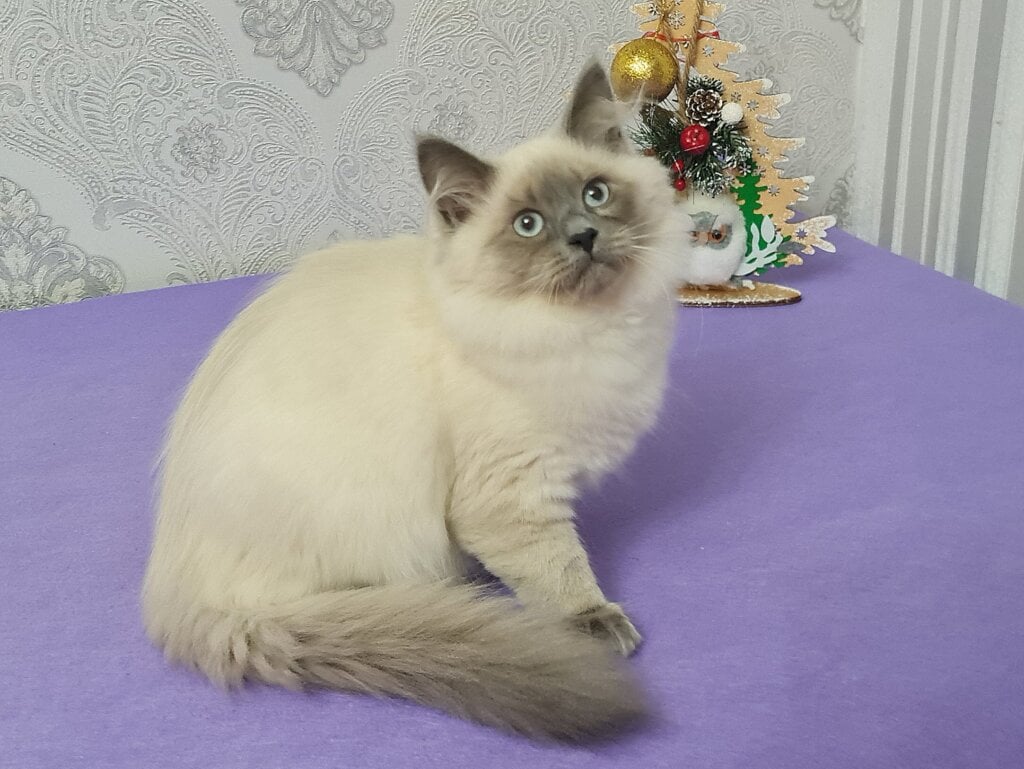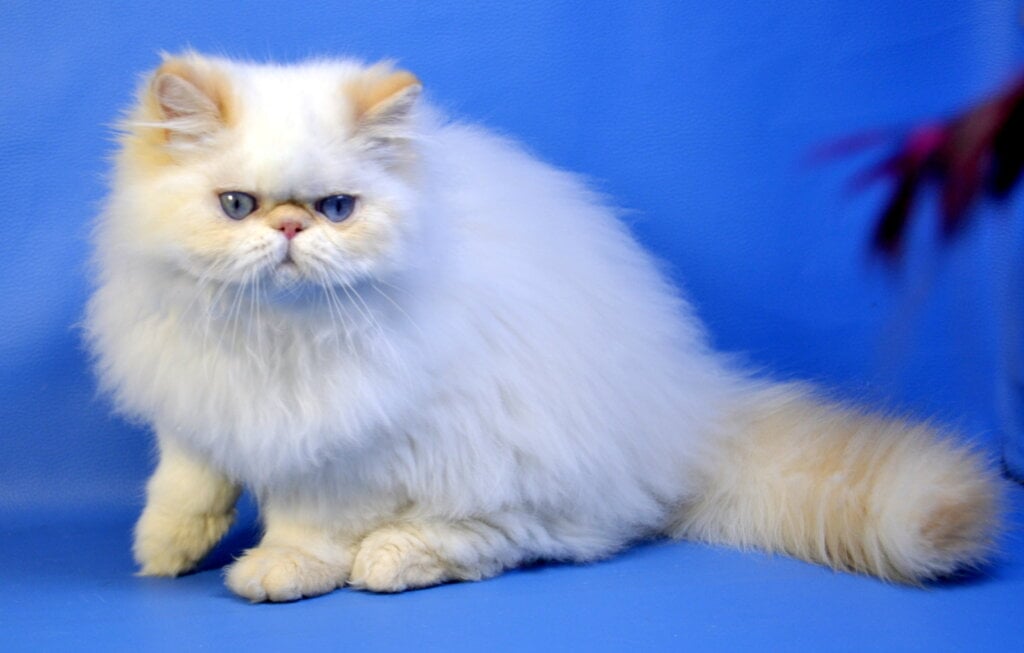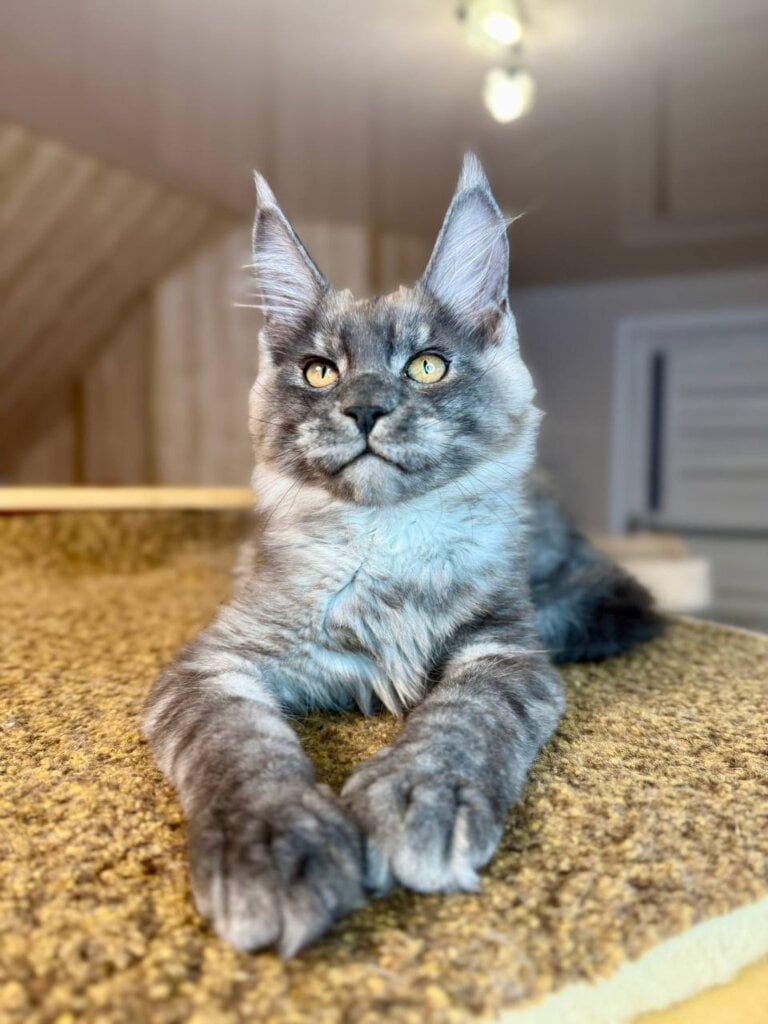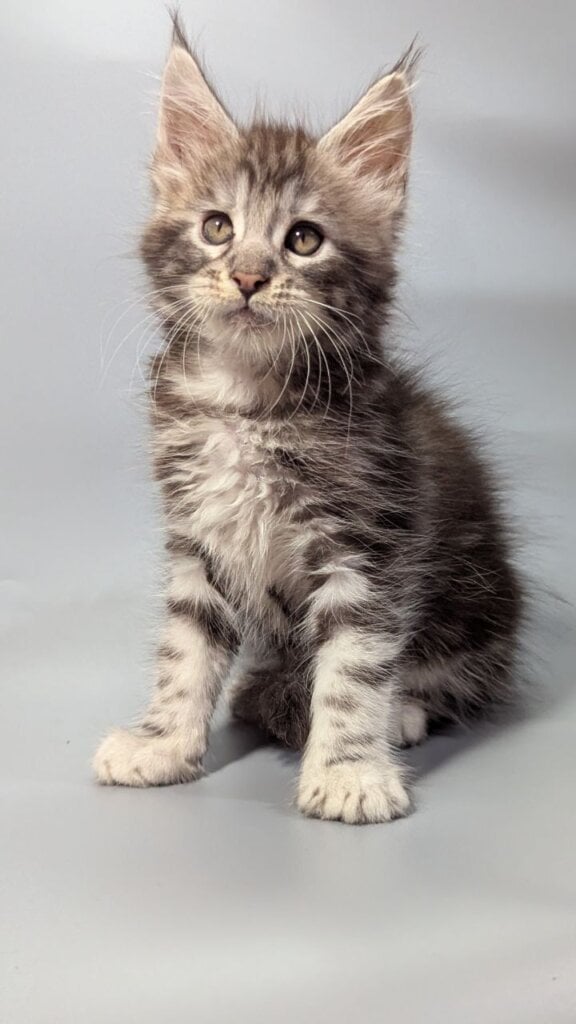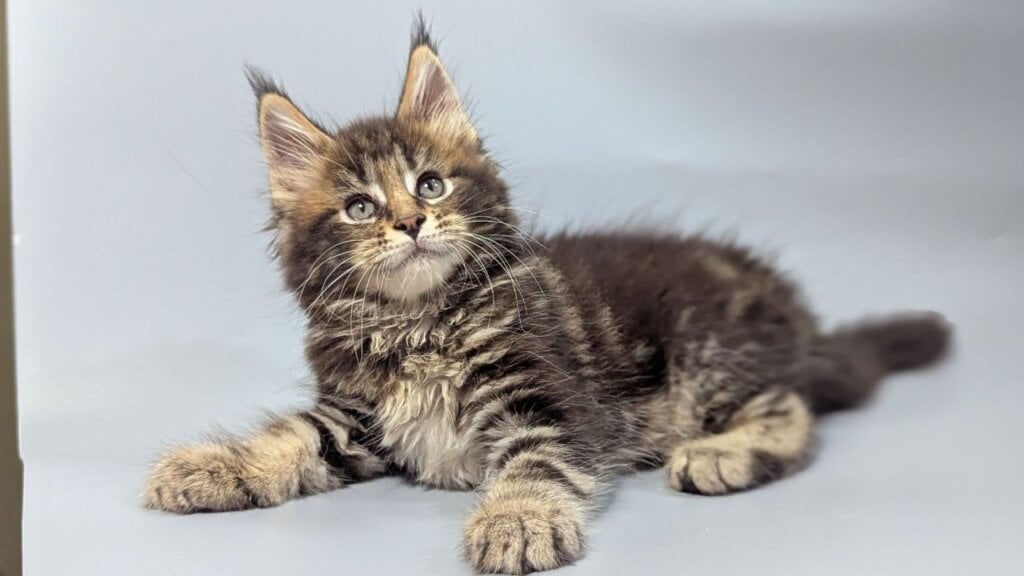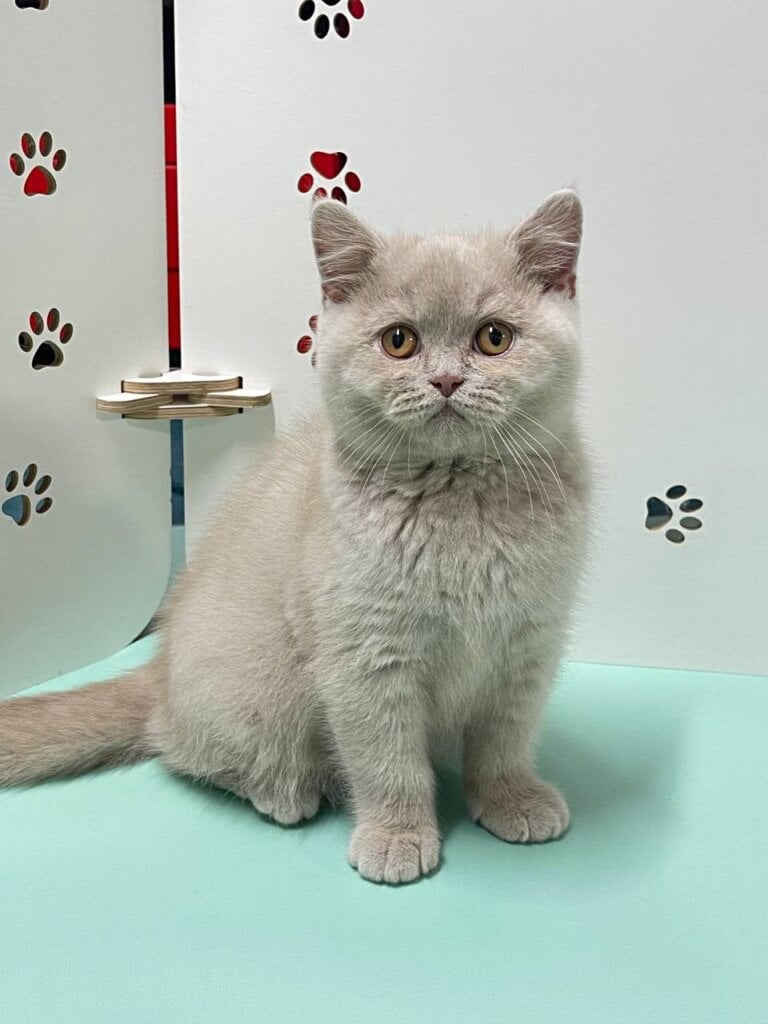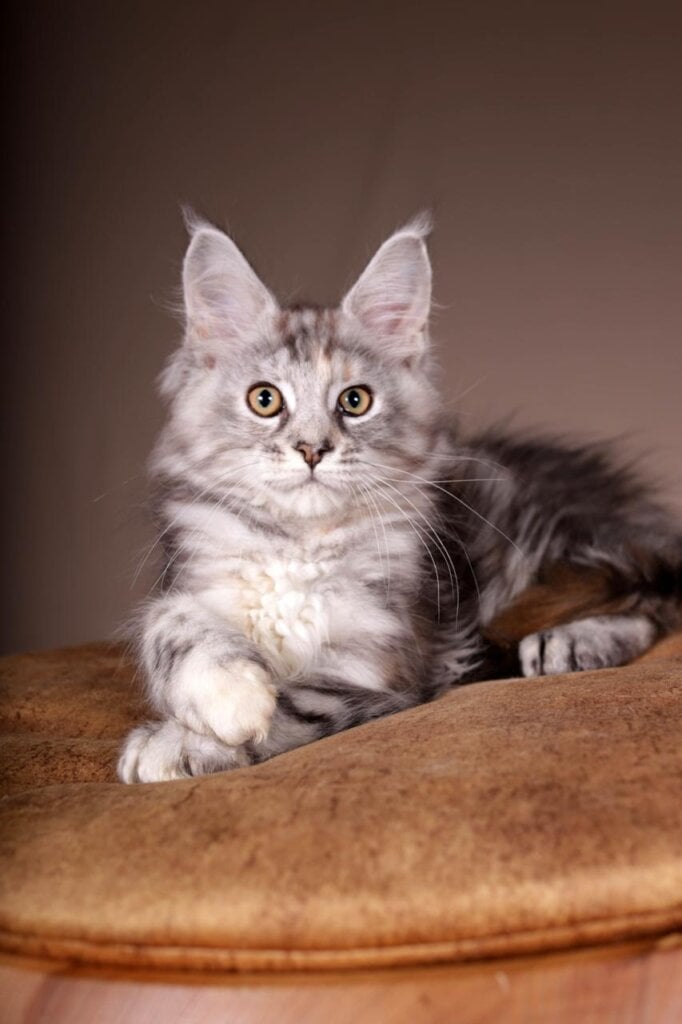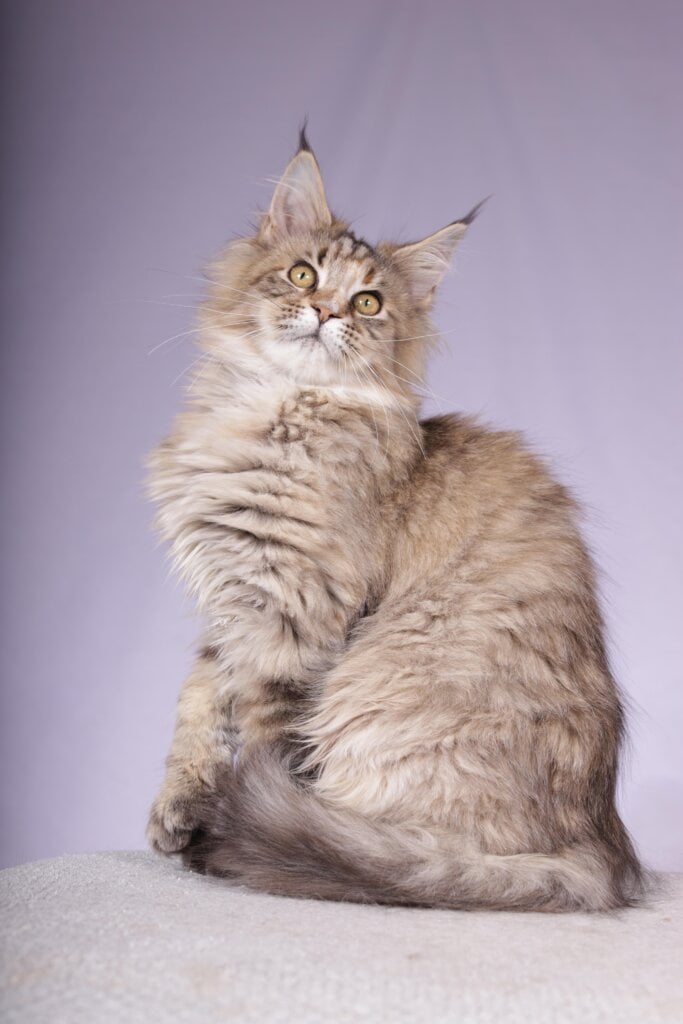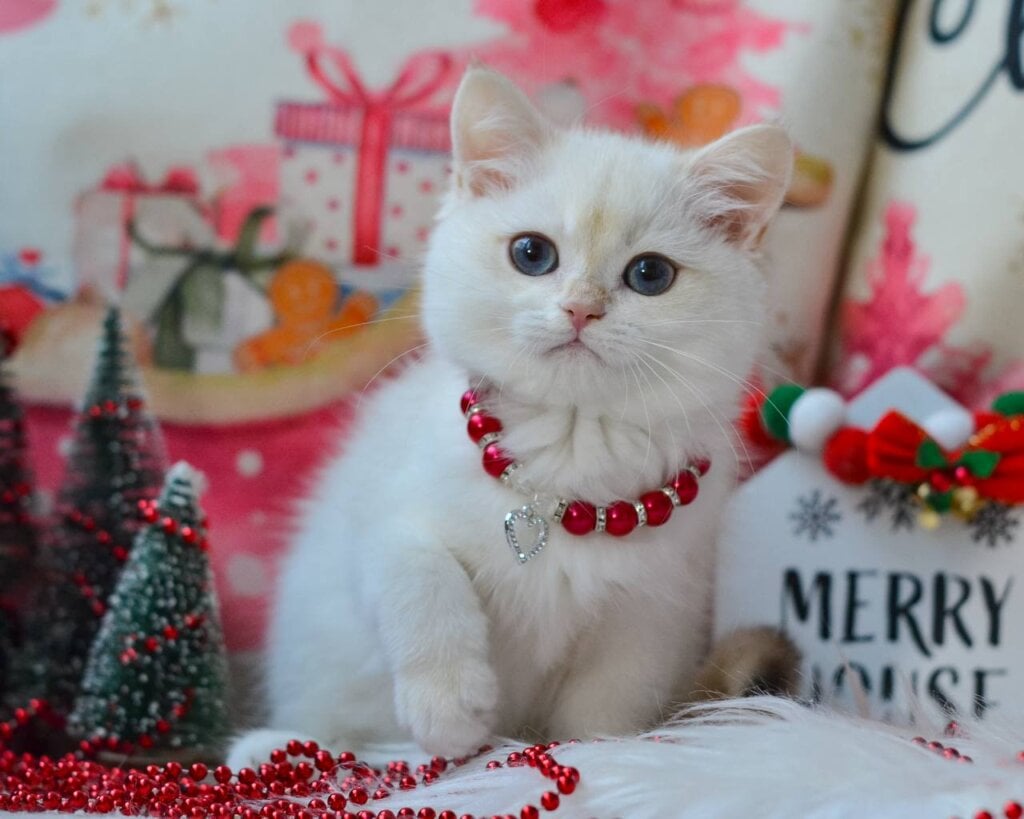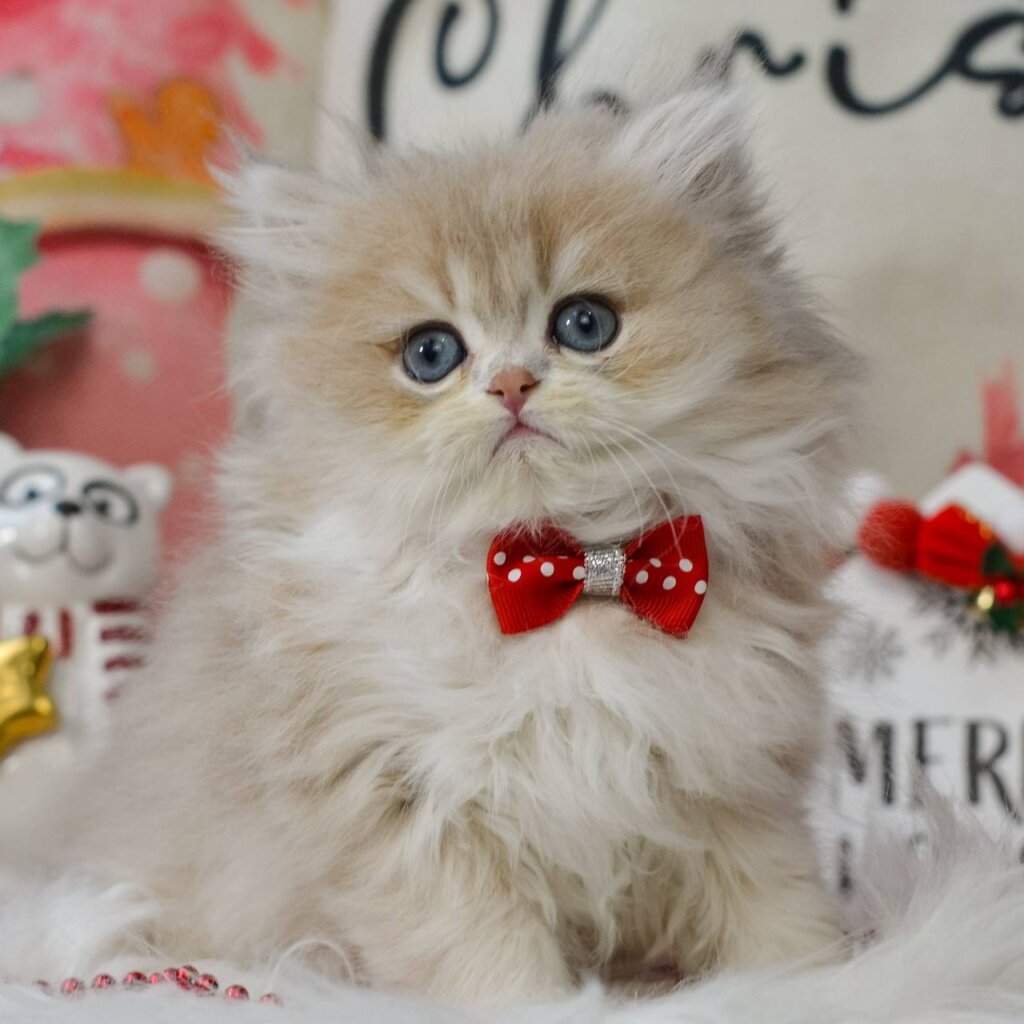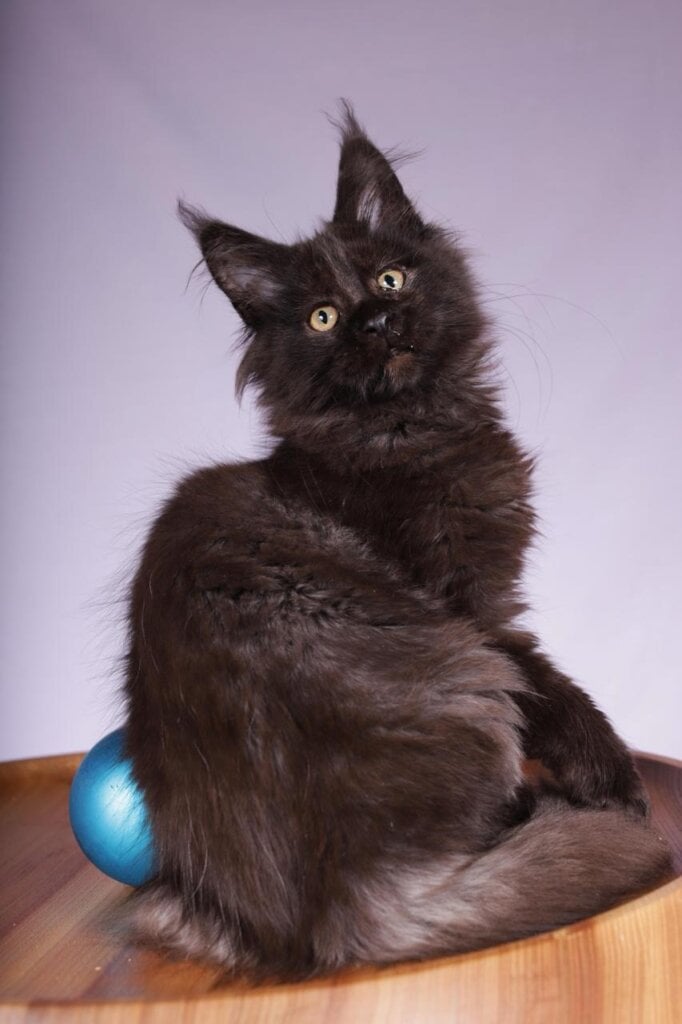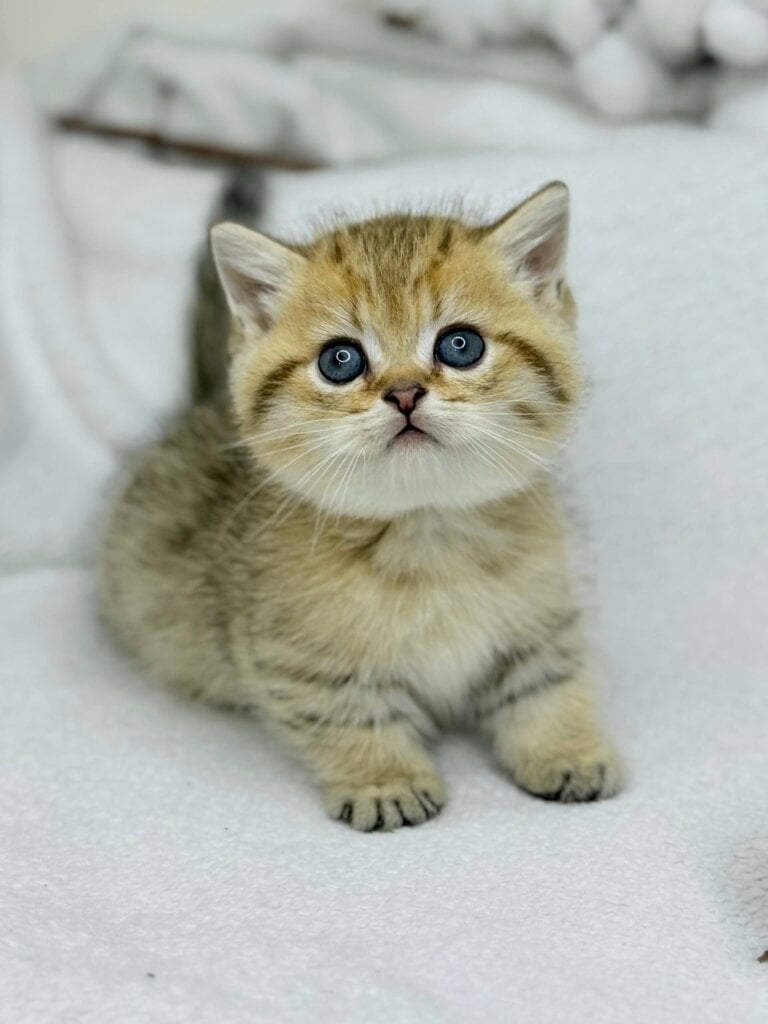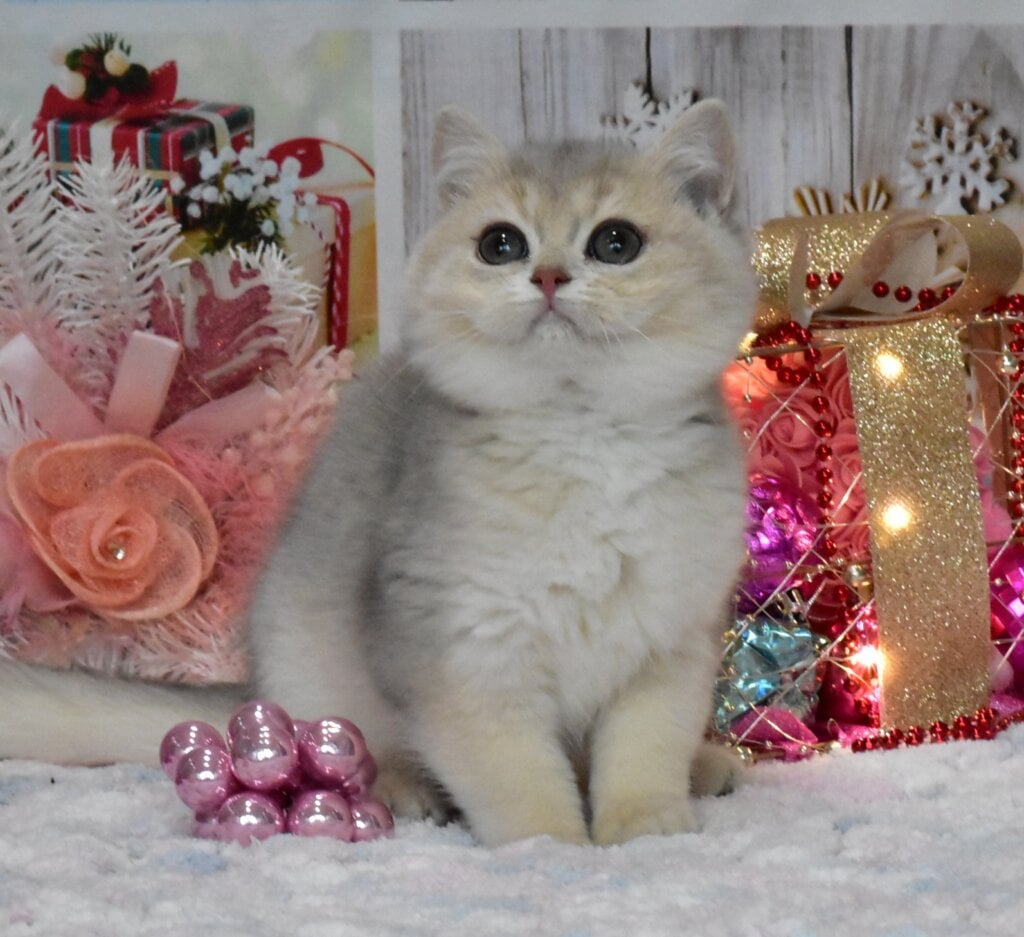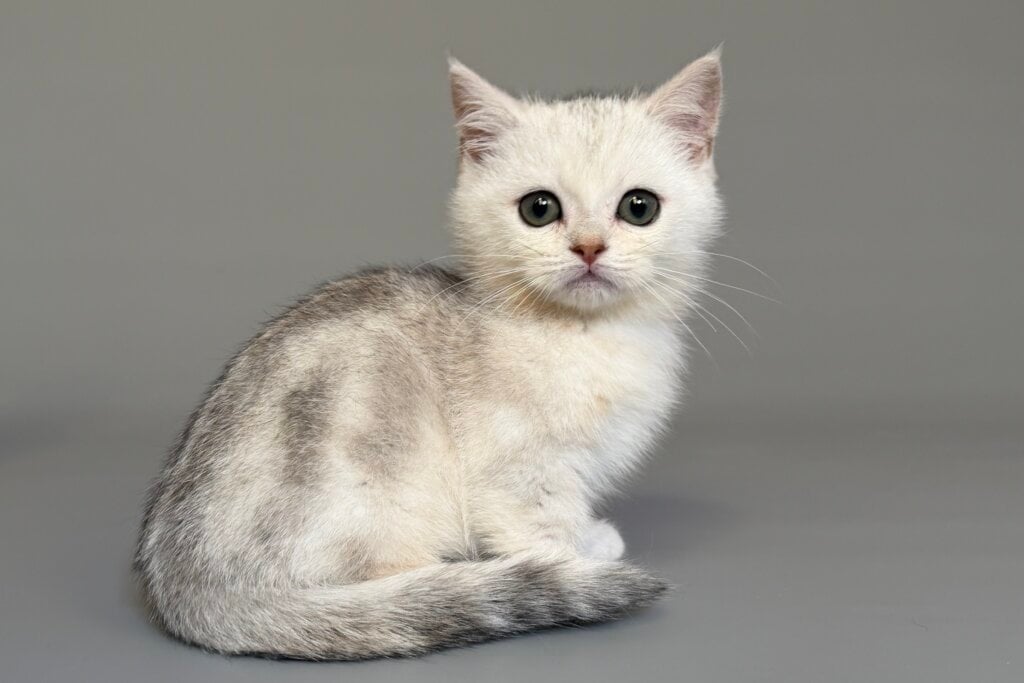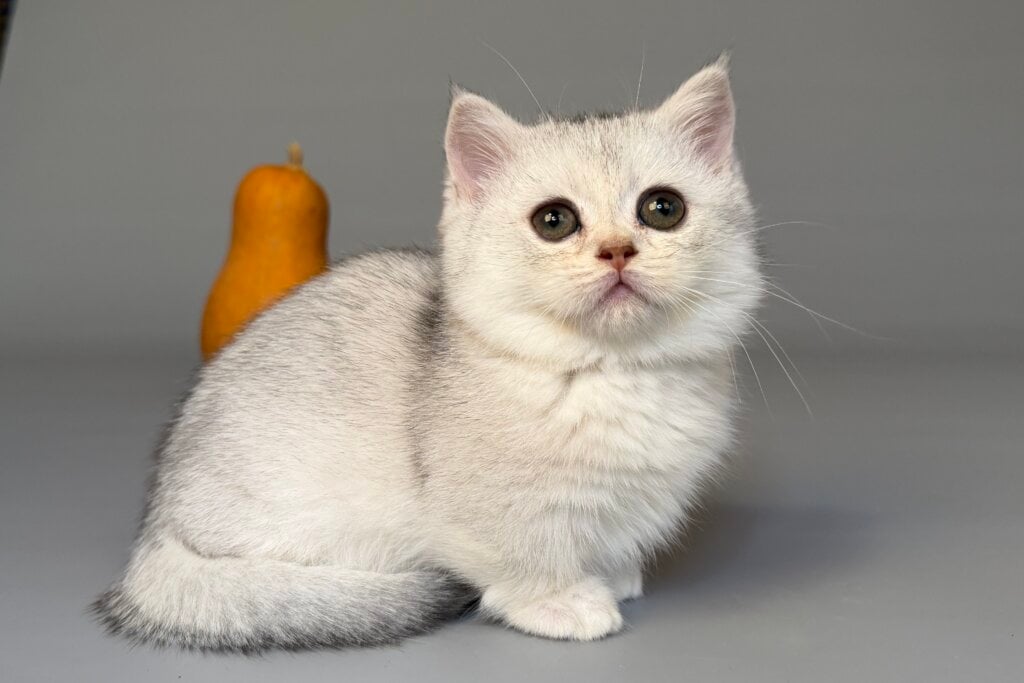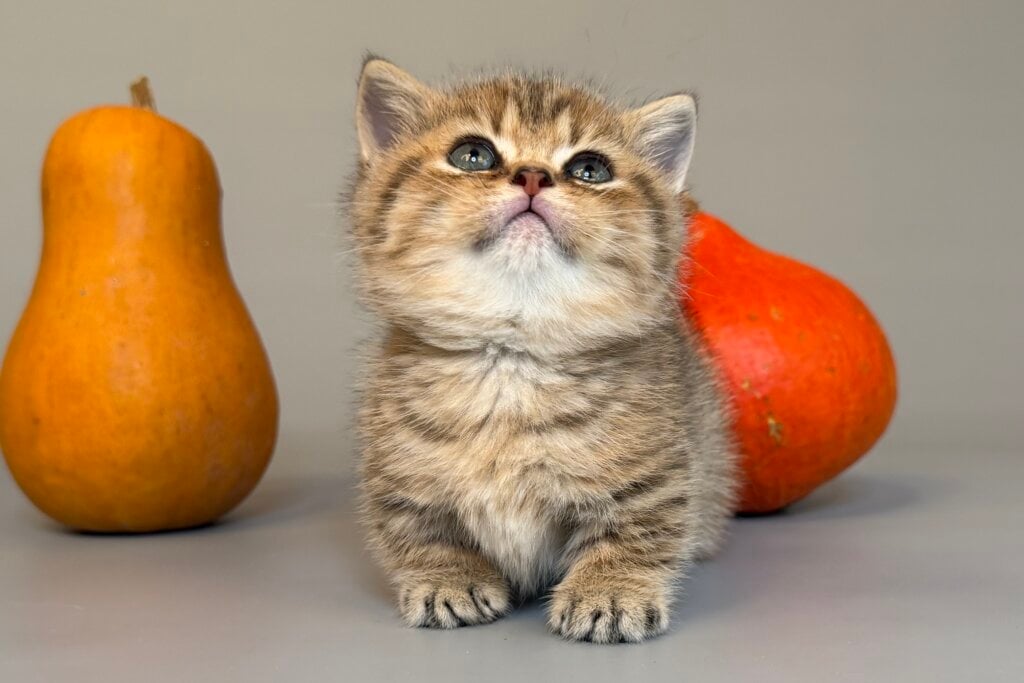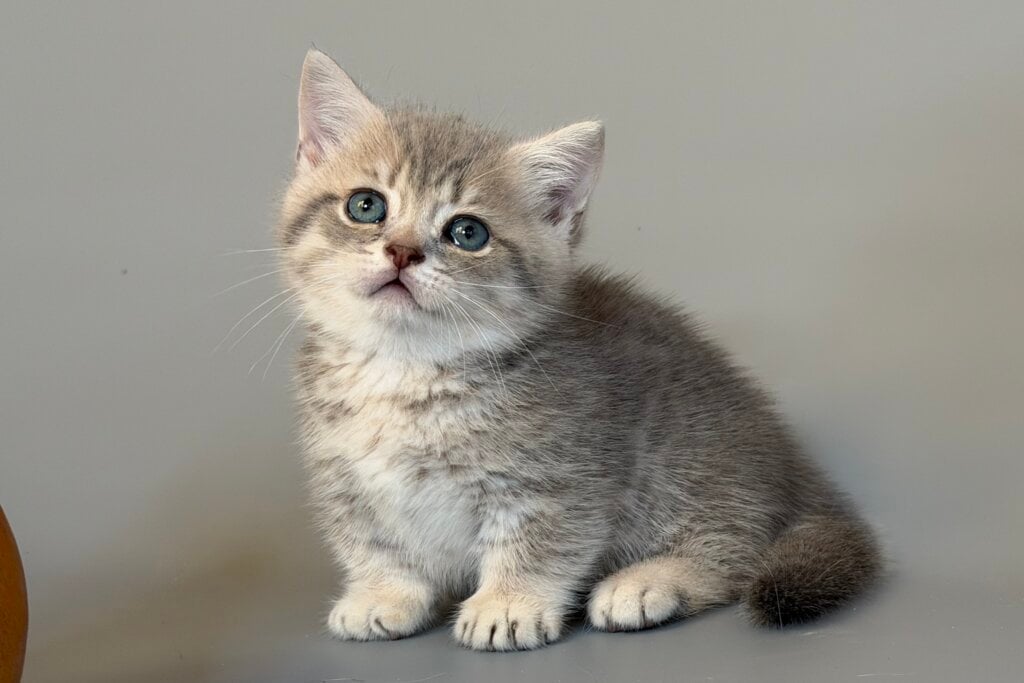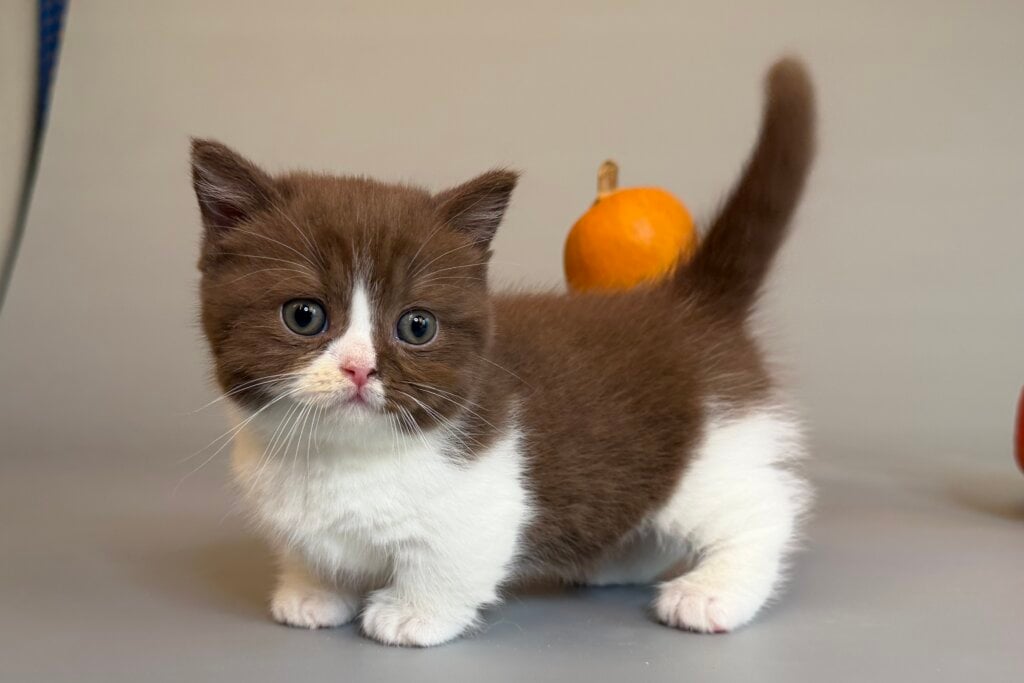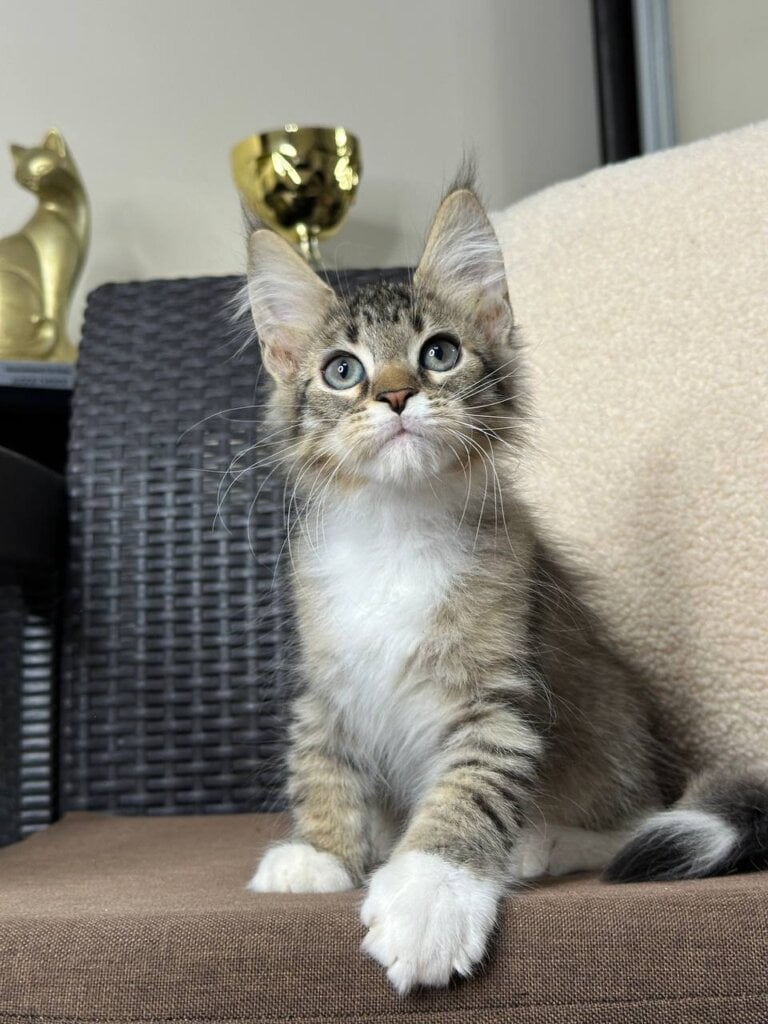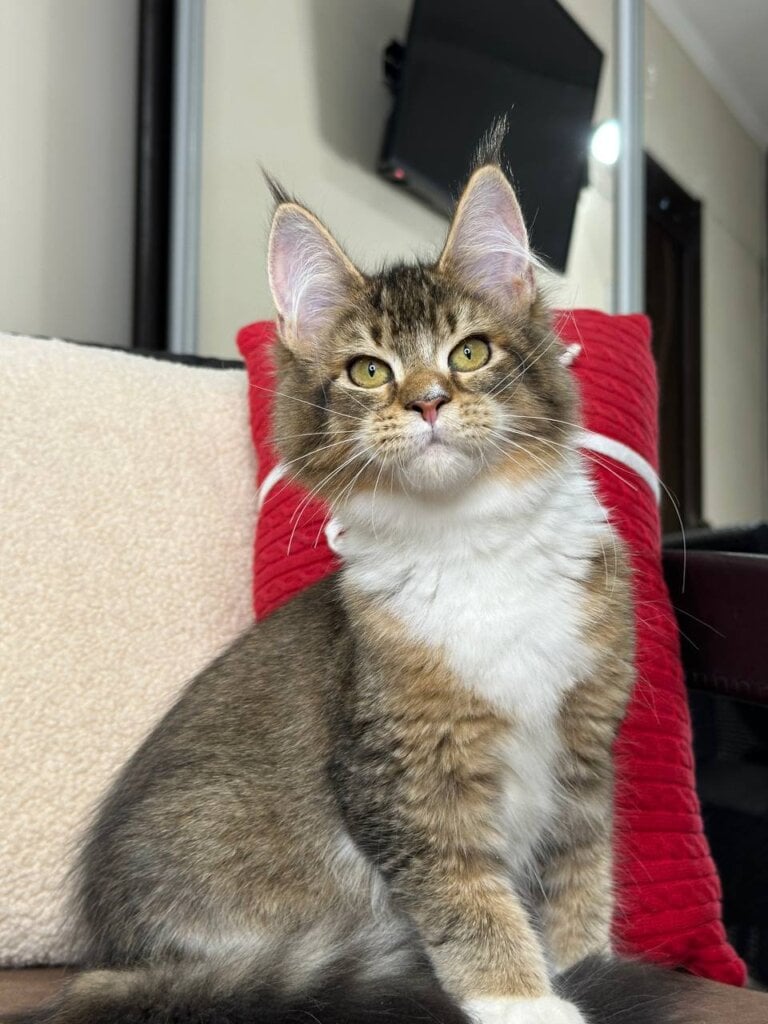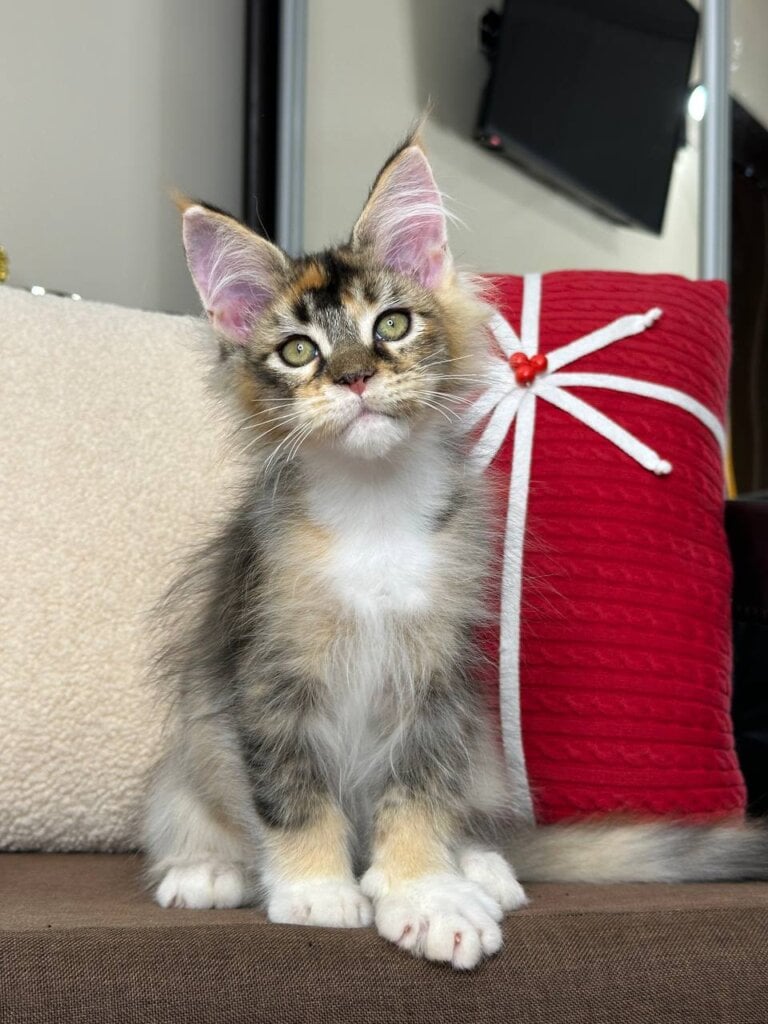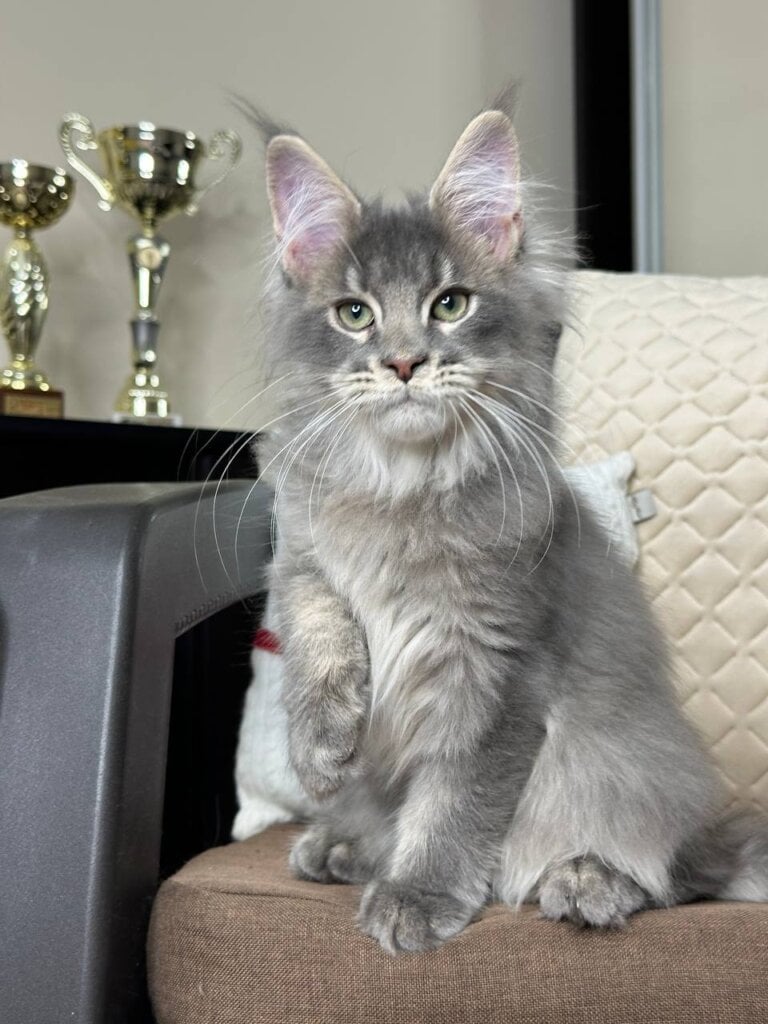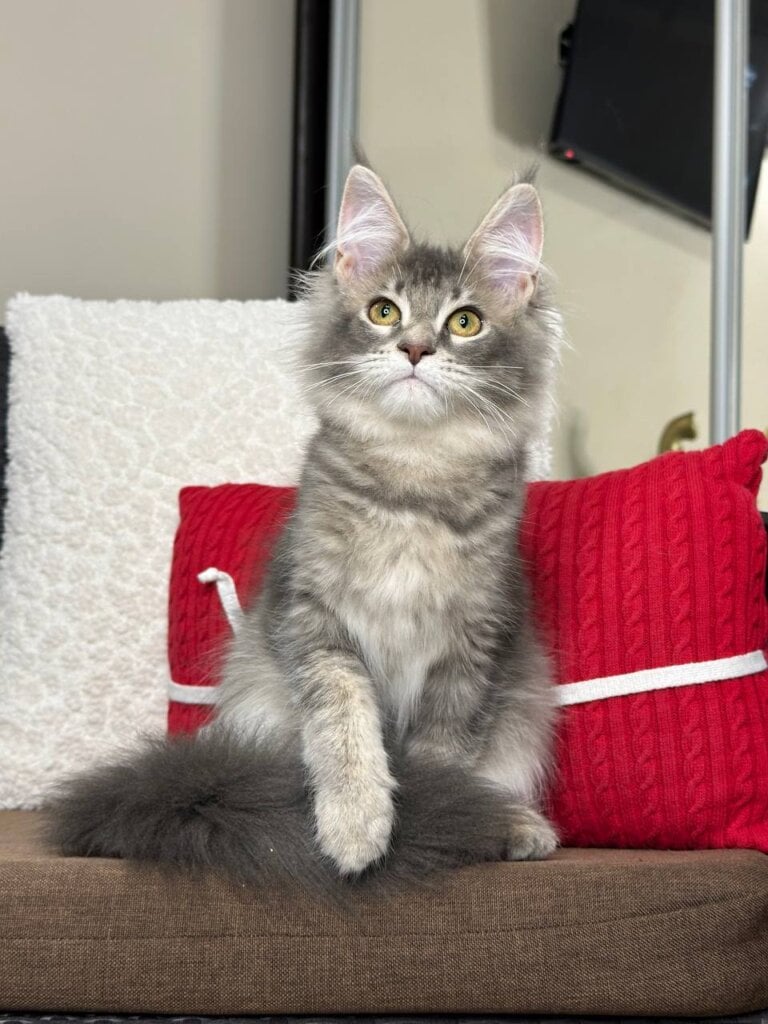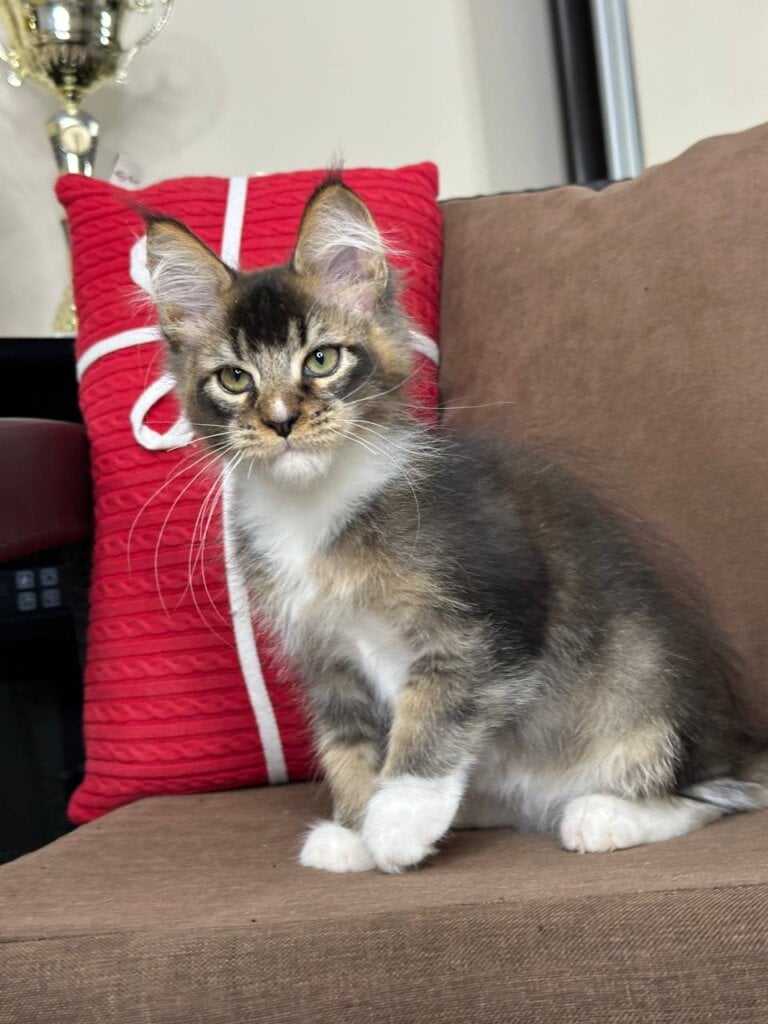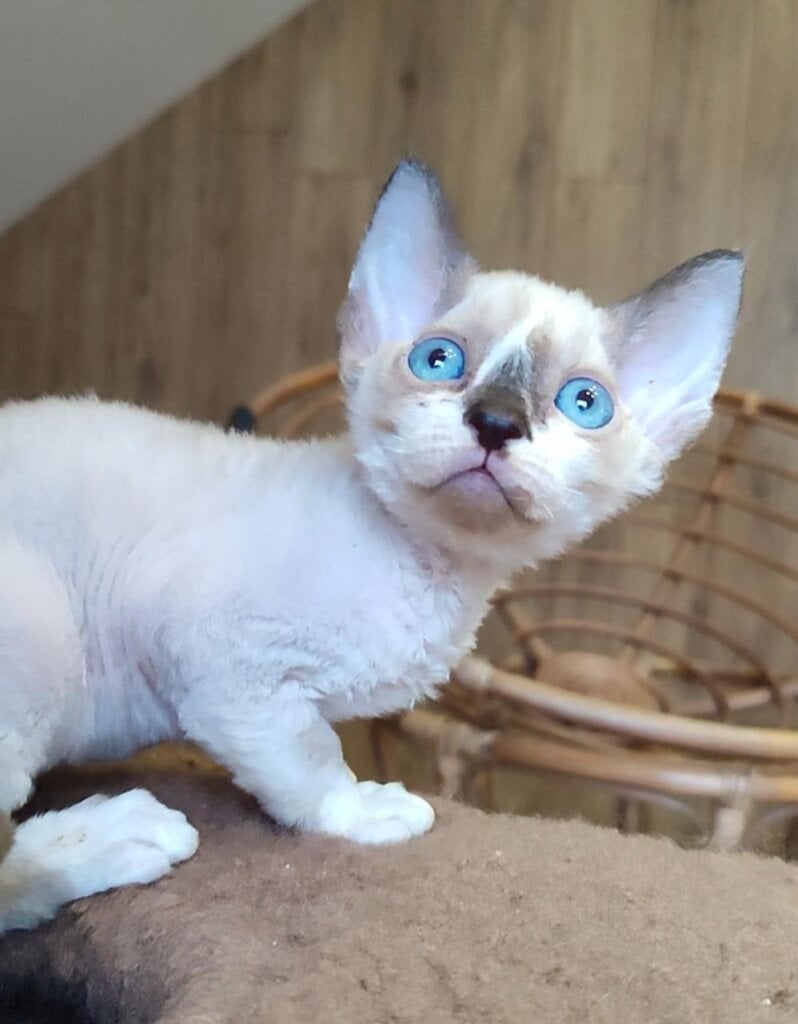Grooming your British Shorthair cat, simply use a soft brush to remove any loose hair and to maintain the coat. Just a few easy tools and a gentle hand are best for this plush breed. Brushing regularly aids in shedding and maintains healthy skin. British Shorthairs require just light baths and ear inspections. Nail trims and dental care complete the regimen. Good grooming keeps your cat happy and bonds you both closer. Tips below for simple at-home steps.
The British Shorthair Coat
The British Shorthair’s coat is its calling card-velvety, dense, and irresistibly pettable. Not long, as other breeds, but this double-coated fur still demands considered maintenance to maintain its health. Consistent grooming is the secret to handling shedding, preventing mats, and promoting skin health.
Unique Density
British Shorthairs have a dense plush coat that is almost velvety to the touch. This density provides them their classic teddy bear look but means dead hair can get trapped close to the skin, causing discomfort, if not brushed out.
To maintain this coat, always use grooming tools designed for dense hair, like a gentle slicker brush or rubber grooming mitt. Fine, close-set bristles can help you reach through both layers without pulling too much. Brush with the grain-this avoids pulling and maintains the scratching as a nice experience for your cat.
Examine the coat at every brushing for matting or tangles. While British Shorthairs hardly ever matt, little knots can form behind their ears or under their arms. Catching these early is less stress for both you and your pet.
Shedding Cycle
British Shorthairs shed all year long, but you’ll notice more loose fur in the spring and fall. In these times, brush your cat more frequently-perhaps as much as 3x per week. It’s a good tip to have additional grooming supplies readily available during these heavy-shedding times.
Brushing does more than just maintain a hair-free home. It assists in removing the under coat which the Brits shed on a regular basis. This easy practice can reduce shedding throughout the home, particularly on plush couches and blankets.
Monitor your cat’s shedding pattern. If you observe bald patches or uneven thinning, this can be indicative of a health issue and should be addressed with a vet.
Skin Sensitivity
The thick coat can conceal initial signs of skin issues, so inspect your cat’s skin whenever you groom your cat. Check for redness, bumps or dry patches.
If you use any products, be sure to always choose hypoallergenic shampoos and sprays. Certain British Shorthairs possess sensitive skin, hence mild, fragrance-free options are safest. If your cat appears itchy post-grooming, change products or cut back on baths.
If skin troubles persist or fail to resolve, consult your vet. Cats can become allergic or even get skin infections that need immediate attention.
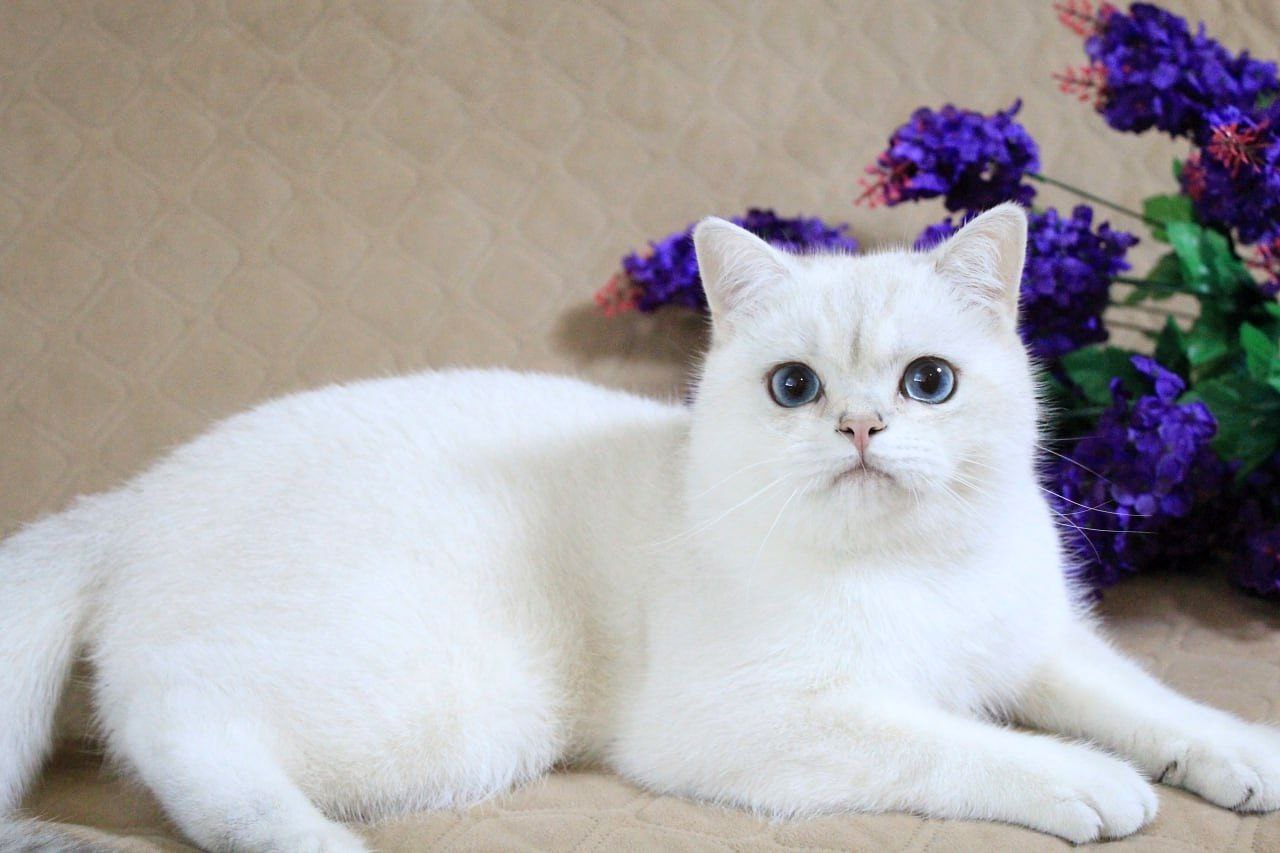
Your Essential Grooming Kit
A robust grooming schedule keeps British Shorthairs clean, healthy and content. A properly stocked grooming kit makes every session simpler and more efficient. Quality equipment equates to less anxiety for both you and your feline. Store your essentials together in a box or drawer, and review them every few months to refresh anything tired or broken.
- Soft bristle brush or slicker brush for weekly coat maintenance
- Metal comb for detangling and removing loose hair
- Nail clippers or cat scissors for nail trims every 2-3 weeks
- Cat-safe shampoo and light conditioner for once or twice a month baths
- Gentle pet wipes for regular face and paw cleaning
- Toothbrush and toothpaste made for cats
- Styptic powder for minor nail trim accidents
- Towels and a non-slip mat for bath time
- Treats to reward and comfort your cat
- Little scissors or trimmers for the tail and under belly areas.
The Right Brush
| Brush Type | Features | Best Use |
|---|---|---|
| Bristle Brush | Soft bristles | Distributes oils, everyday |
| Slicker Brush | Fine wire bristles | Removes loose hair, shedding |
| Metal Comb | Wide/narrow teeth | Detangles, undercoat |
Opt for a soft-bristled brush. It won’t irritate the skin, and it’s mild enough for daily use. British Shorthairs have plush double coats, so a slicker brush or comb will help keep shedding down and prevent mats. Brush one time per week, always in the direction the hair grows. This distributes natural oils and maintains the coat smooth and shiny. Experiment with various brush styles to discover what your cat prefers.
Nail Clippers
Select nail clippers designed for cats. Ensure that they fit well in your hand and don’t slide. Some pet parents are fans of scissor-style, and others like guillotine versions. Begin by allowing your cat to smell and observe the clippers. Cut nails every 2-3 weeks. If you snip too deep and a nail bleeds, dot some styptic powder to halt it. Reward your cat with a treat after every trim. This gets your cat to trust you and makes the next session easier.
Dental Tools
Find a cat toothbrush–small head, soft bristles. Apply cat toothpaste, never human toothpaste. Start brushing your cat’s teeth when they’re young if you can, but even adults can adapt with some time and patience. Brush twice a week to avoid plaque and dental problems. Be on the lookout for symptoms of dental issues, such as bad breath or difficulty chewing, and consult your vet if you observe anything unusual.
Gentle Wipes
Dip your soft wipes in our wipes – and voila! Clean faces and paws. Use only wipes that are pet-safe as human wipes might have harsh chemicals. By wiping your cat’s face and under the tail, you help stop dirt and keep the coat from matting. Of course, always reward with a small treat after wipes.
How to Groom a British Shorthair
Despite their dense, plush coats and easy-going nature, British Shorthairs still require a grooming schedule to keep them healthy and content. A structured approach makes grooming more pleasant for both you and your cat:
- Brush once a week, more during shedding seasons.
- Trim nails every 2-3 weeks.
- Brush teeth regularly with feline toothpaste.
- Check eyes and ears for signs of trouble.
- Bathe once every 4-6 weeks, only when needed.
- Be patient and calm during grooming.
- Use treats and praise to reward your cat.
- Adjust your approach based on your cat’s personality.
1. Brushing Technique
Brush in the direction of growth. Rubbing against it will cause your British Shorthair discomfort and stress.
A slicker brush works best for their dense coat. Brush them weekly, ramping up to 2x a week during heavy shedding to help control loose fur and prevent matting. Give some extra attention to sensitive areas such as the belly, armpits and under the tail. These spots can tangle or mat up if missed. Short, gentle strokes are best, particularly if your cat is skittish. Brushing isn’t just for vanity-it distributes natural oils, promotes skin health and can deepen your bond with soft strokes and kind words.
2. Nail Trimming
Manually extend and trim your British Shorthair’s nails. Just clip the tips – never cut too close to the quick, as this will hurt and cause bleeding.
Nails should be clipped every 2-3 weeks. A few kitties require it a tad more frequently, particularly if they’re not one to really scratch on scratchers. As always, reward your feline with a treat or chin scratch. This turns them into more cooperative creatures for next time.
3. Dental Care
Get your cat’s mouth used to being handled while they’re young. This familiarizes them with toothbrushing.
Brush teeth at a 45 degree angle in small circles, using only cat-safe toothpaste. Never apply human products! Dental health is often overlooked, but frequent brushing goes a long way toward preventing gum disease and tooth loss. Just watch out for bad breath or red gums-these could indicate it’s time for a vet visit.
4. Eye and Ear Check
Check the eyes for discharge and redness.
Check inside the ears for wax or unusual odors. Carefully clean with a cotton ball and a mild, vet-approved solution. Be gentle and reward your cat afterwards, even if it’s just a gentle word or a treat. Quick checks catch problems early.
Grooming for Health
British Shorthairs require more than just a coat brush-real grooming addresses the entire cat, inside and out. Establishing a ritual aids with bonding and can snare health issues before they fester. Routine sessions let these fluffy furr babies know they’re safe and you love them.
Key health benefits of regular grooming:
- Reduces shedding and hairballs
- Supports skin and coat health
- Detects early signs of illness or injury
- Promotes a healthy weight
- Strengthens the bond between cat and owner
Spotting Lumps
Check your British Shorthair for lumps or bumps at every grooming, running your hands across the body, legs, and underarms.
If you discover a lump-regardless of size-record its location, size and shape. British Shorthairs have lush, dense fur, so apply light pressure and take your time to detect the abnormal. Know your cat’s normal body shape so you can detect changes promptly. If you notice or experience something new, consult your vet immediately. Jot down anything peculiar and mention it during annual visits – it aids your vet in monitoring shifts.
Checking Skin
Check your cat’s skin during grooming – look for redness, scabs, inflammation, or fleas. British Shorthairs rarely have sensitive skin, but allergies or food shifts may present as itchy patches.
Grooming is the perfect opportunity to look for any signs of irritation, dryness, or parasites. If you notice flaky spots or excessive scratching in your cat, it’s time to adjust their diet or consult your vet. Cleaning under the tail can early catch signs of tapeworms or infection important to long-term health. Spritzing with a mild, cat-safe wipe once a week will help keep the skin clean and hydrated, particularly if you reside in a dry climate.
Monitoring Weight
Simply weigh your British Shorthair once a month or so, ideally on a digital scale. Their stocky build can conceal weight gain, so numbers trump aesthetics.
If you see a sudden weight jump or fall, tweak portions or add extra play sessions. Overweight cats are prone to diabetes and arthritis. Take advantage of grooming for health to check for fat pads along the belly and ribs. If you don’t know where your cat’s ideal weight should be, your vet can help establish a healthy goal. Make it a habit to track weight changes on a calendar or phone app so it’s easier to catch early.
Reducing Hairballs
Brushing once or twice a week reduces loose fur, which translates into less hairballs. Brush in the direction of hair growth to keep your cat comfortable!
Omega-3s in his diet promote a shiny coat and reduced shedding. Be conscious of coughing or vomiting-excessive hairballs can indicate that you need to brush more frequently or switch to a different brush. If hairballs return, consult your vet to exclude gastrointestinal issues.
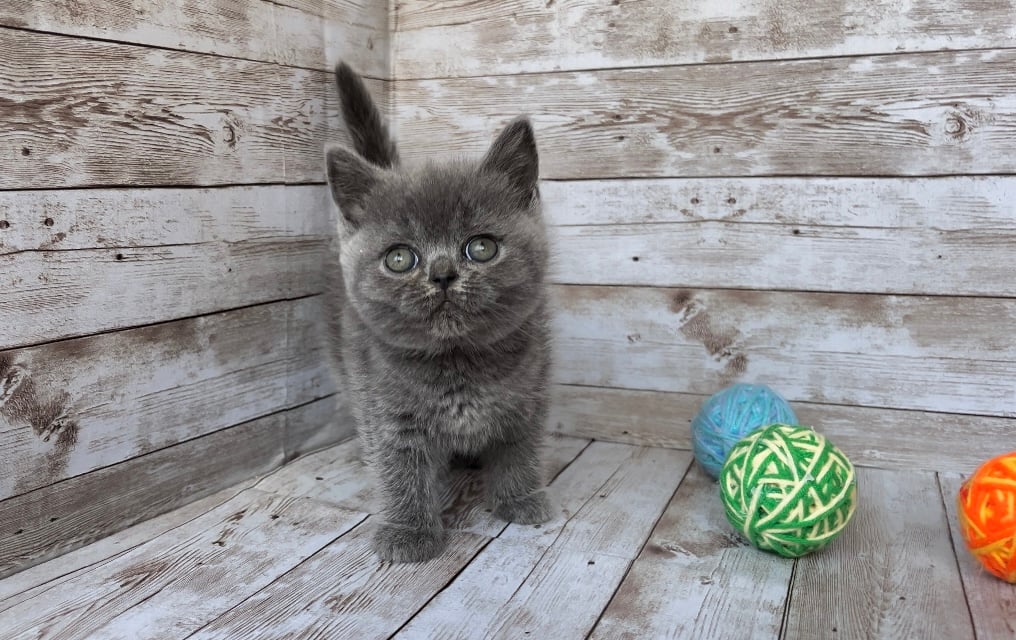
Grooming a Reluctant Cat
Grooming a reluctant British Shorthair requires patience, understanding and technique. These relatively low-maintenance cats can still balk at new tools or feelings, particularly if they’ve had little grooming exposure. With a light touch, a low-stress environment, and incremental progress, grooming can become something your cat feels safe during and you feel equipped to do.
Create Calm
A secluded location, distant from footsteps and howling is best for grooming. This could be a corner of a room or a cozy mat that your British Shorthair already enjoys lounging on.
Begin by allowing your cat to see and smell the grooming implements. A soft brush or a plastic-tipped slicker brush are best to start with. Even before you touch, have the brush in one hand, and stroke your cat with the other. This helps your cat become accustomed to the appearance and scent of the instrument in a low-stress manner. Some light background music or a soft-spoken voice can help set the tone. Slowly, once your cat becomes acquainted, start with light, brief strokes in the direction of the hair growth so as not to pull or cause pain.
Positive Reinforcement
Treat your British Shorthair with a reward or some praise whenever you complete a step. A quiet, soothing voice aids in lulling your feline to acceptance. Some cats enjoy a special treat or a bit of playtime post-grooming.
Positive reinforcement associates grooming your cat with nice things. Any no-struggle short brushing session is worthy of a reward. Over time your cat will anticipate something nice after grooming, building trust and making the next session easier.
Short Sessions
Begin with a fast brush–only a couple of swipes are necessary the first time around. If your cat is relaxed, you can attempt one last brush stroke, then quit. If you see your cat calm down, the following day you can attempt a bit more.
Try to tackle one type of task per session, i.e. Brushing versus mat checking. Don’t attempt to do it all at once. If you catch a mat, sometimes it’s safer to let the fur grow out around it rather than pull, which can be painful and frightening. End, as always, with a treat or a soothing word.
Know When to Stop
Keep an eye on your cat’s tail, ears, and eyes – if your cat hisses, growls, or attempts to escape – pause or stop. Give your cat a rest, even if you’re only 50% complete.
Wrap with a towel or use an e-collar for safety if you must. Never sedate. If your cat is too stressed, attempt another day.
Pay attention to what your cat is telling you.
Diet for a Healthy Coat
A British Shorthair’s luxurious coat is one of its crowning features, and what you feed your feline friend is a huge factor in how healthy and supple that coat is. Cats require an animal protein-rich diet, with a minimum of 50% of their diet being composed of meats such as chicken, duck, or fish. Protein builds strong hair and maintains a shiny coat. If you want to witness less shedding and more gloss, pay attention to what goes into the bowl as much as what happens during brushing.
A balanced diet isn’t all about protein. Meat-based vitamins and minerals, such as vitamin E, zinc and biotin assist in keeping the skin healthy and the coat growing well. Omega-3 fatty acids – in salmon or fish oil supplements – can make a big difference. These nutritious fats combat flakiness, minimize coat-shedding, and frequently provide the coat with a lustrous shine. Sprinkling in some cooked fish or a teaspoon of fish oil into meals a couple of times a week can be an easy way to ramp up these nutrients.
Here’s a quick look at some key dietary options for a healthy coat:
| Food Type | Protein (%) | Omega-3 | Key Vitamins & Minerals | Coat Benefits |
|---|---|---|---|---|
| Chicken | 60 | Low | B vitamins, zinc | Supports hair growth |
| Duck | 55 | Low | Iron, selenium | Adds coat softness |
| Salmon | 58 | High | Omega-3, vitamin D | Shine, less shedding |
| Fish Oil Supplement | 0 | High | Omega-3 | Reduces dryness |
| Balanced Cat Food | 50+ | Varies | Complete mix | Maintains healthy coat |
Watch your Brits food intake. These cats can pack on the pounds in a hurry if you over-feed or over-treat. Obesity not only creates health concerns but can contribute to a lackluster coat and increased shedding. Keep to regular meal times, use a normal measuring cup, and weigh your cat every few weeks. If you’re uncertain about appropriate serving sizes or if your cat has specific dietary requirements, consult your vet.
A healthy coat is less dander, which is great for allergy sufferers. When your cat dines well and receives all the necessary vitamins and minerals, there’s typically less shedding and fewer allergy-provoking irritants in the house.
It’s good food and good grooming go together. Even the finest diet, brushing distributes natural oils, removes loose hair and keeps the coat looking its very best.


